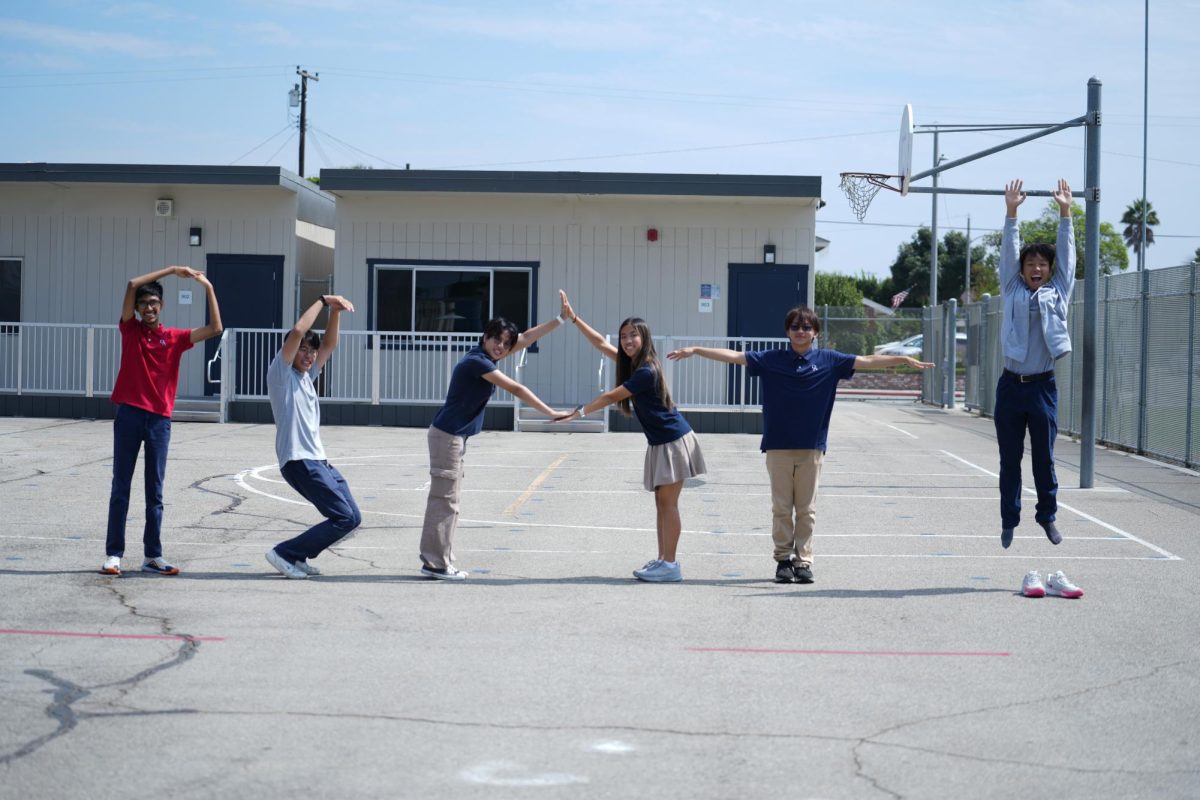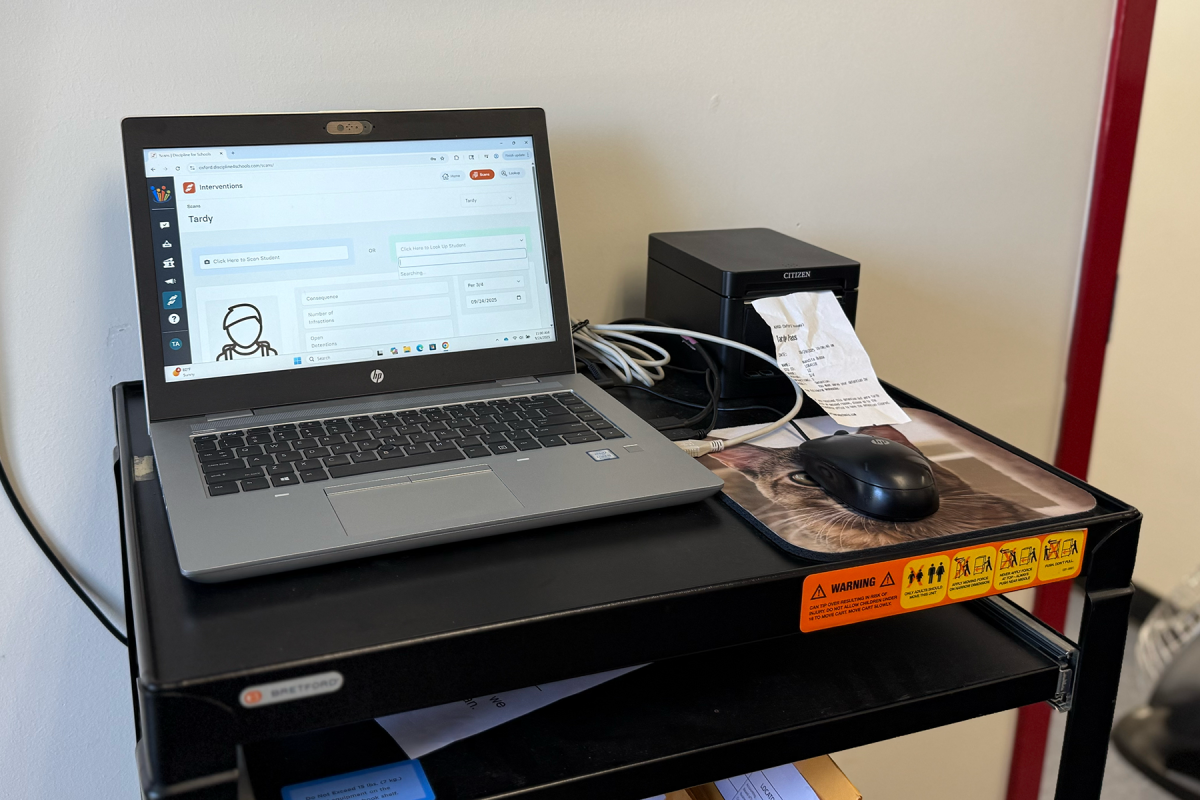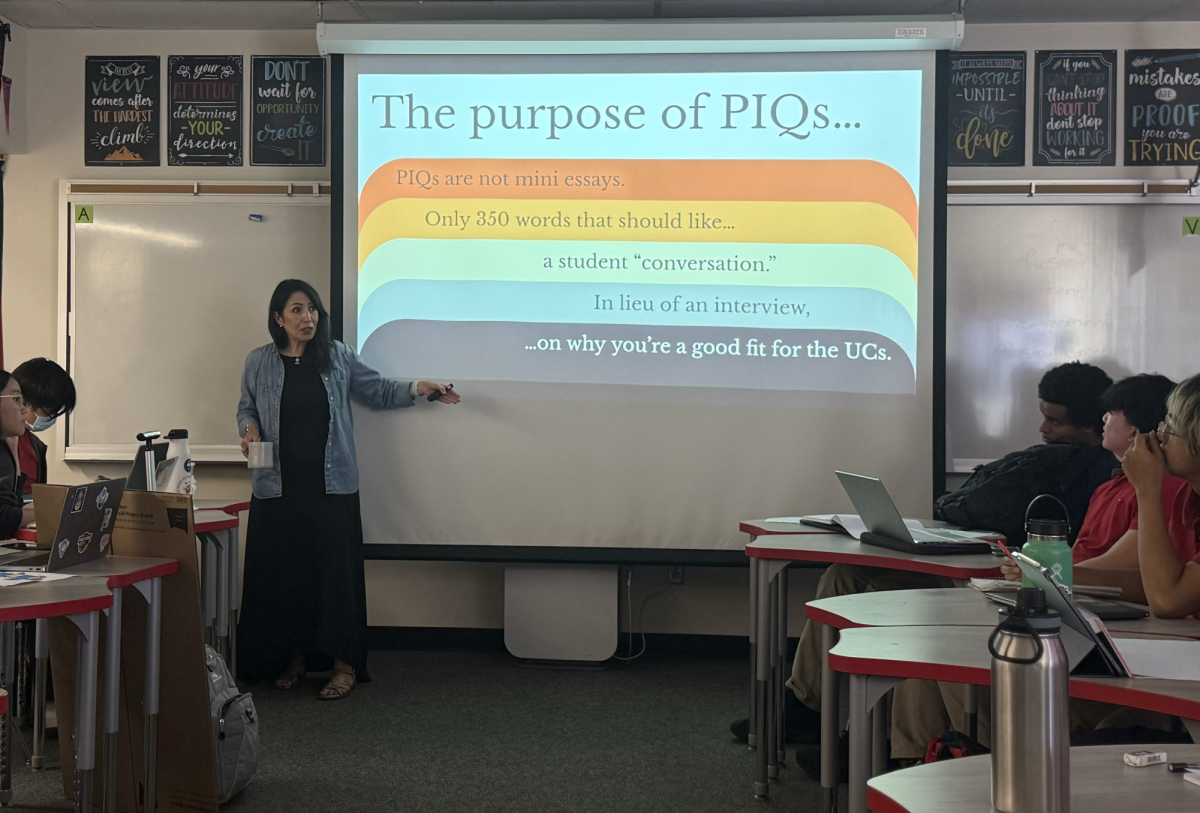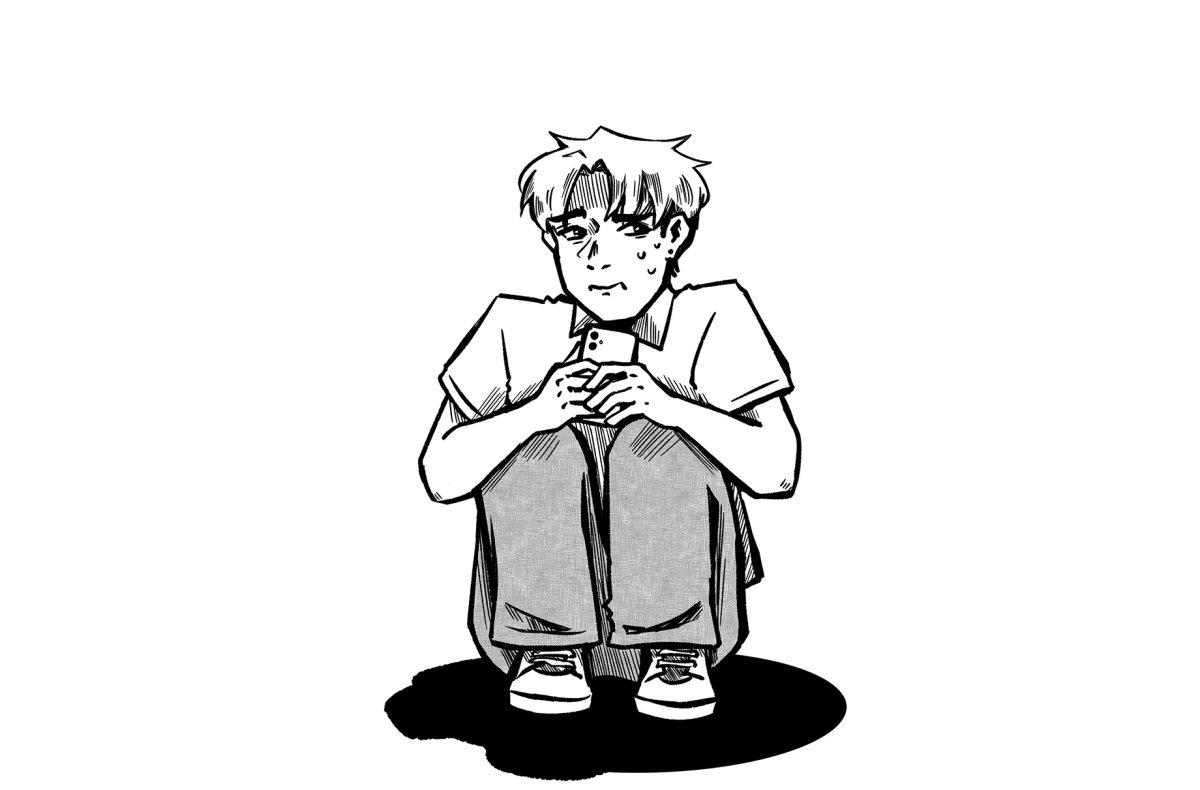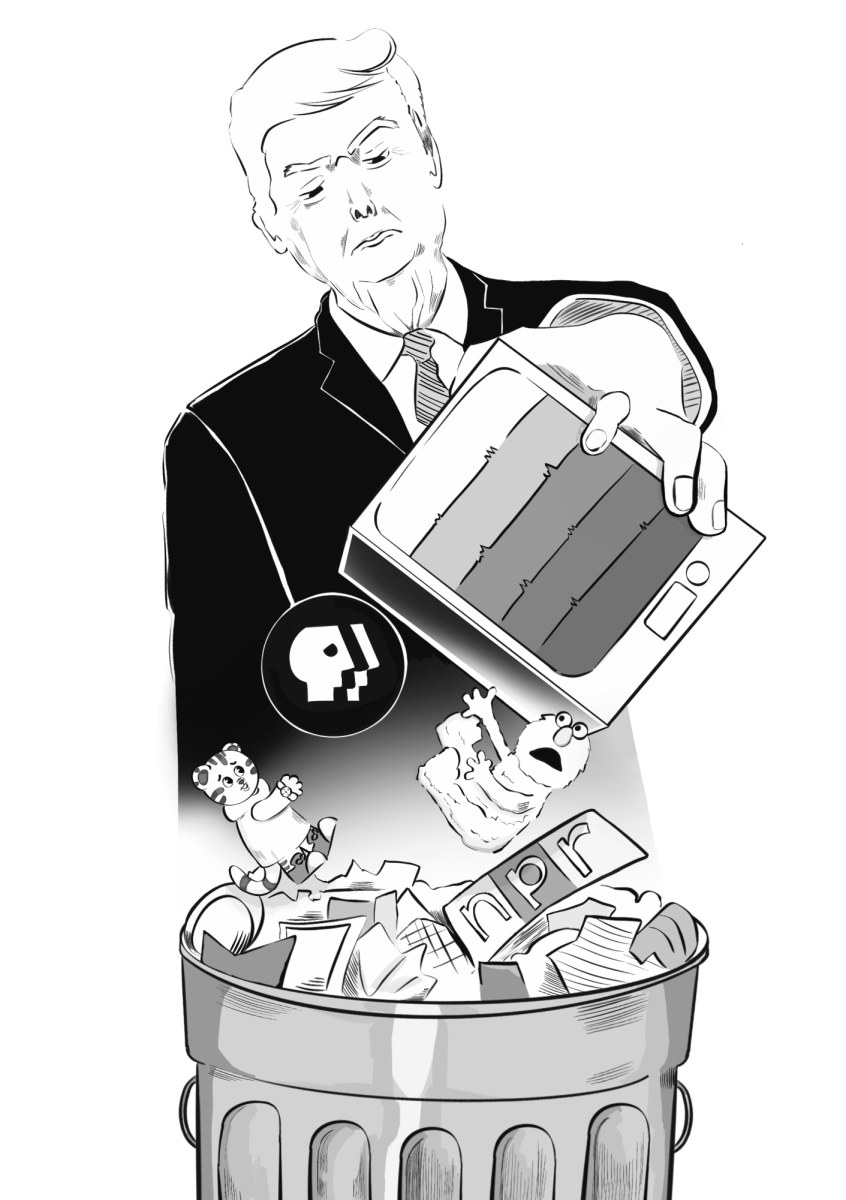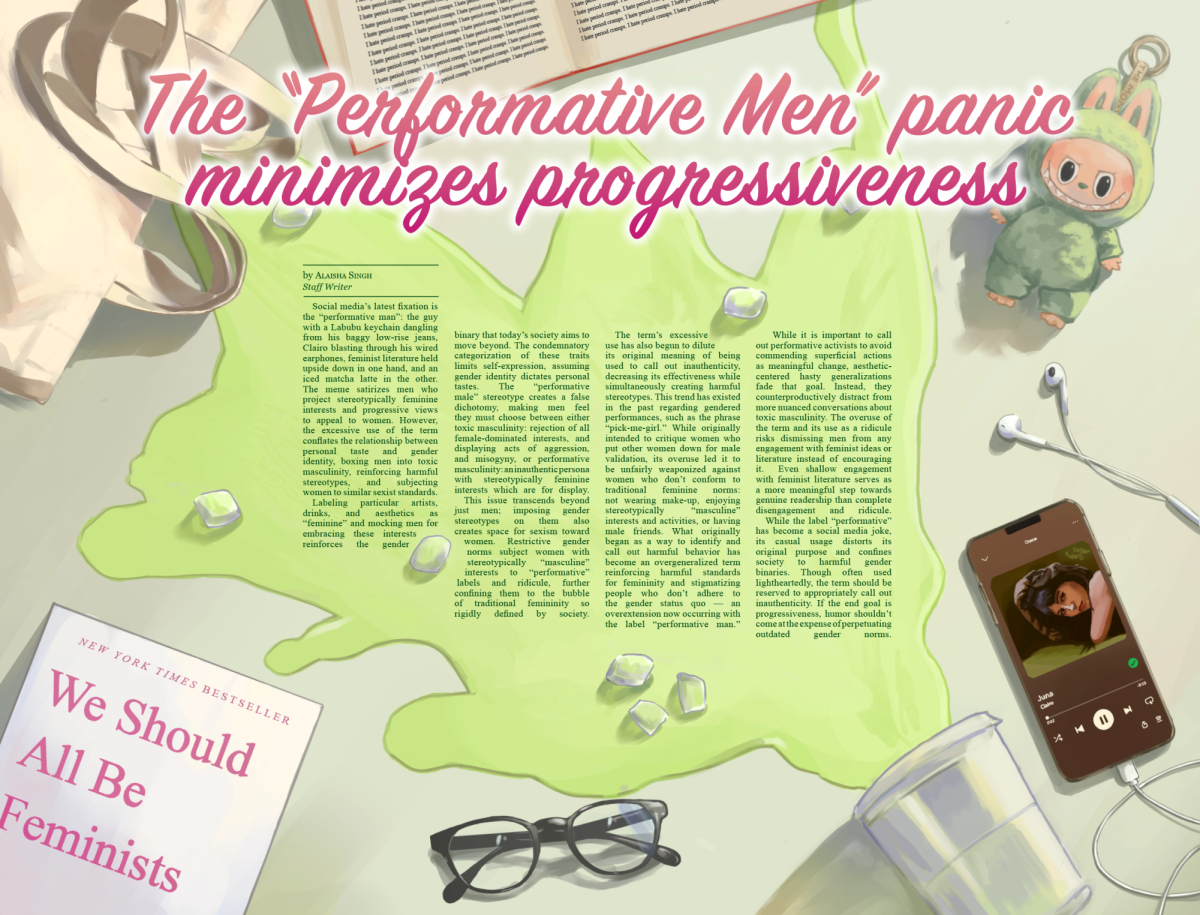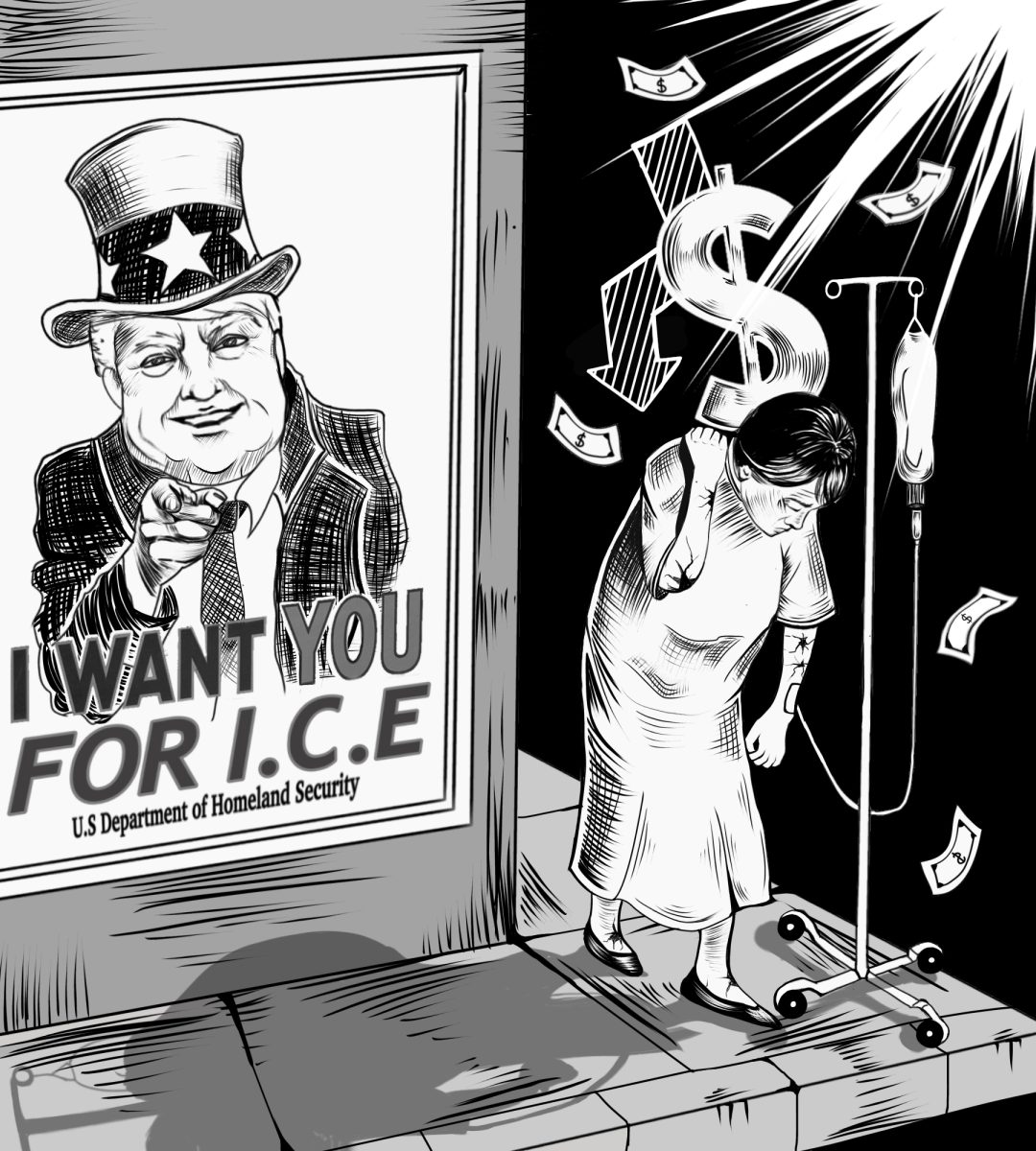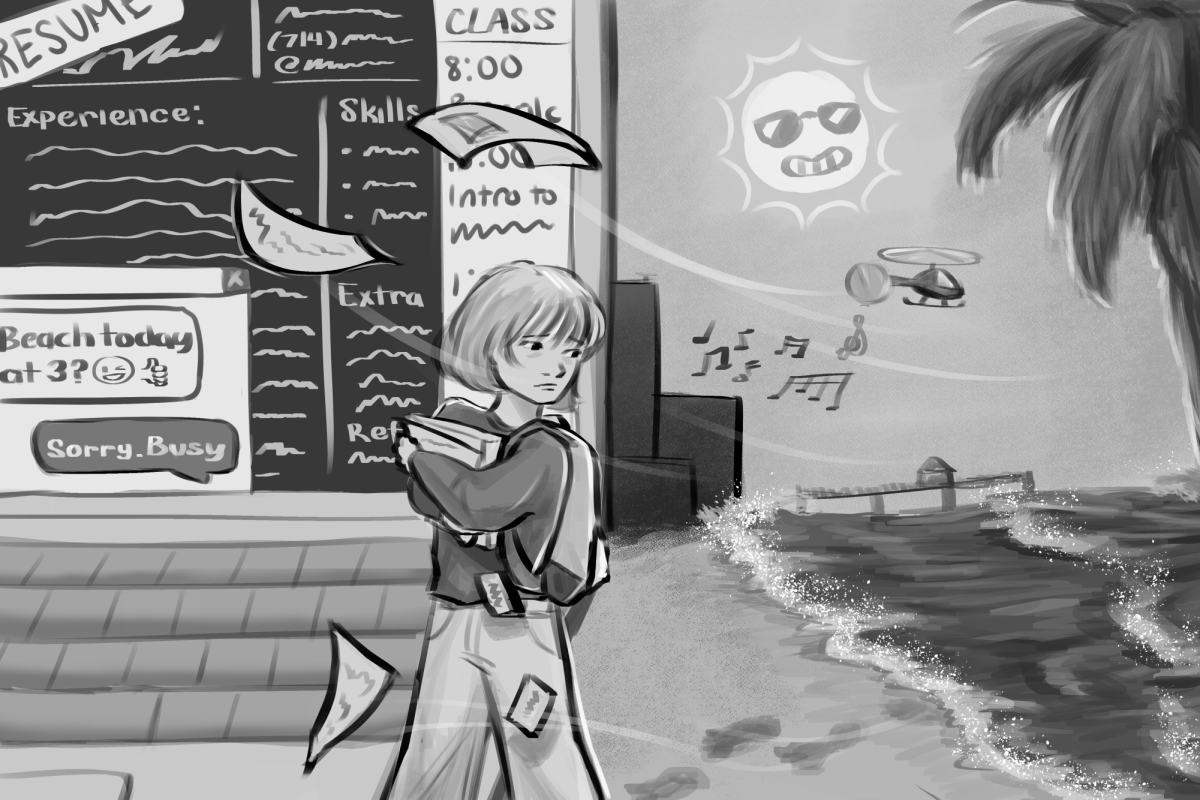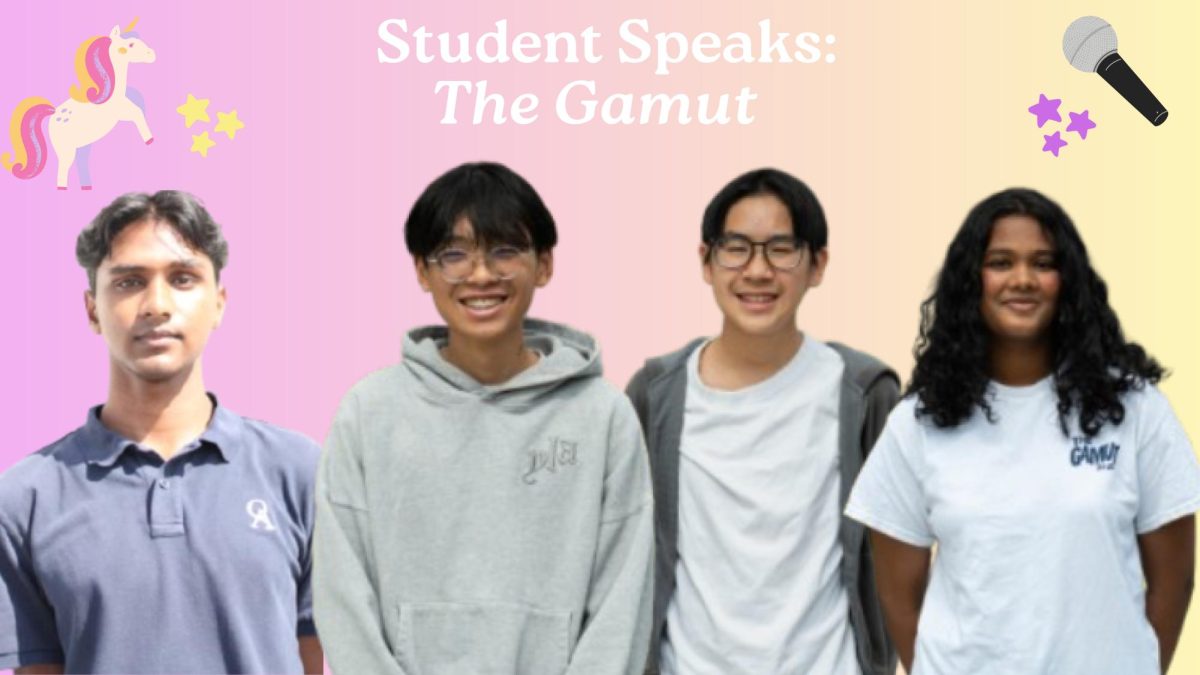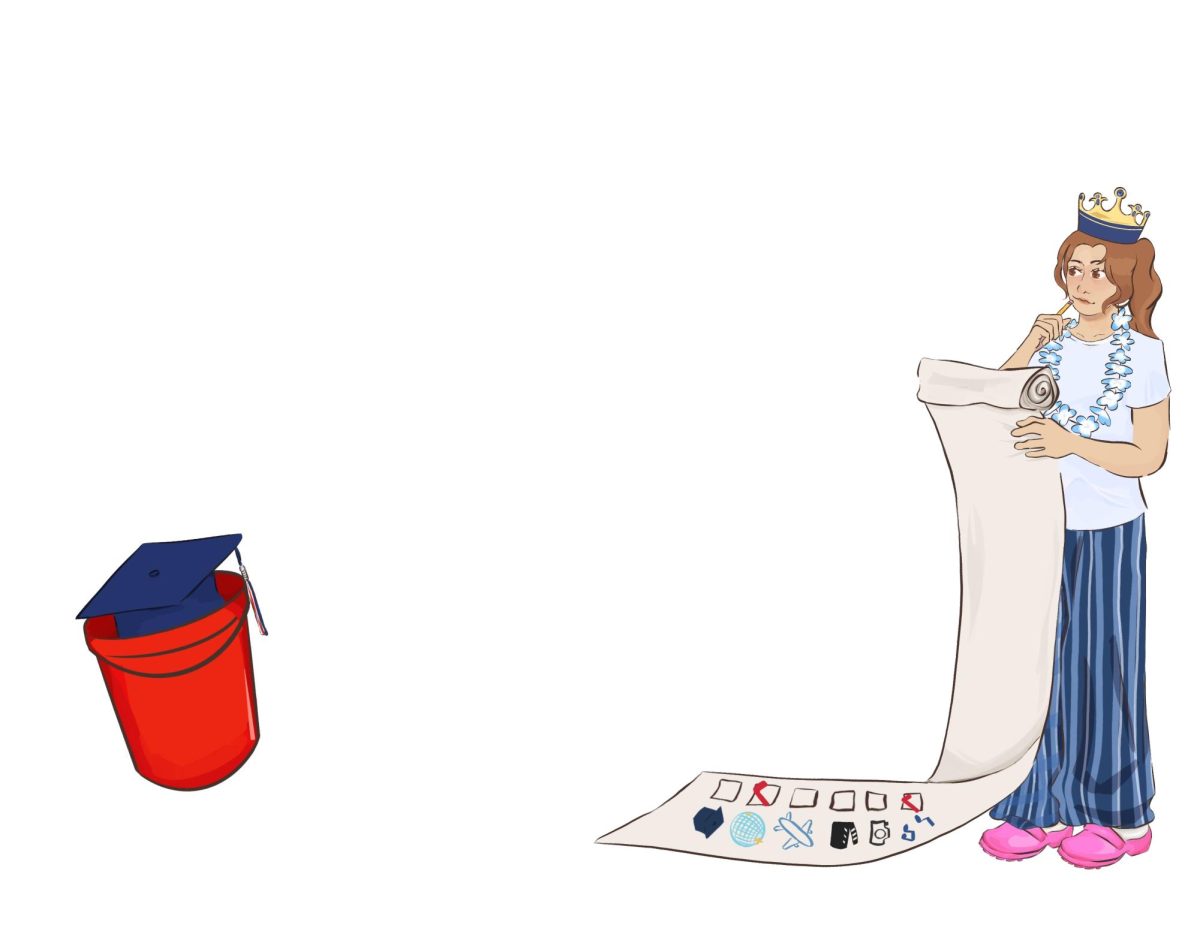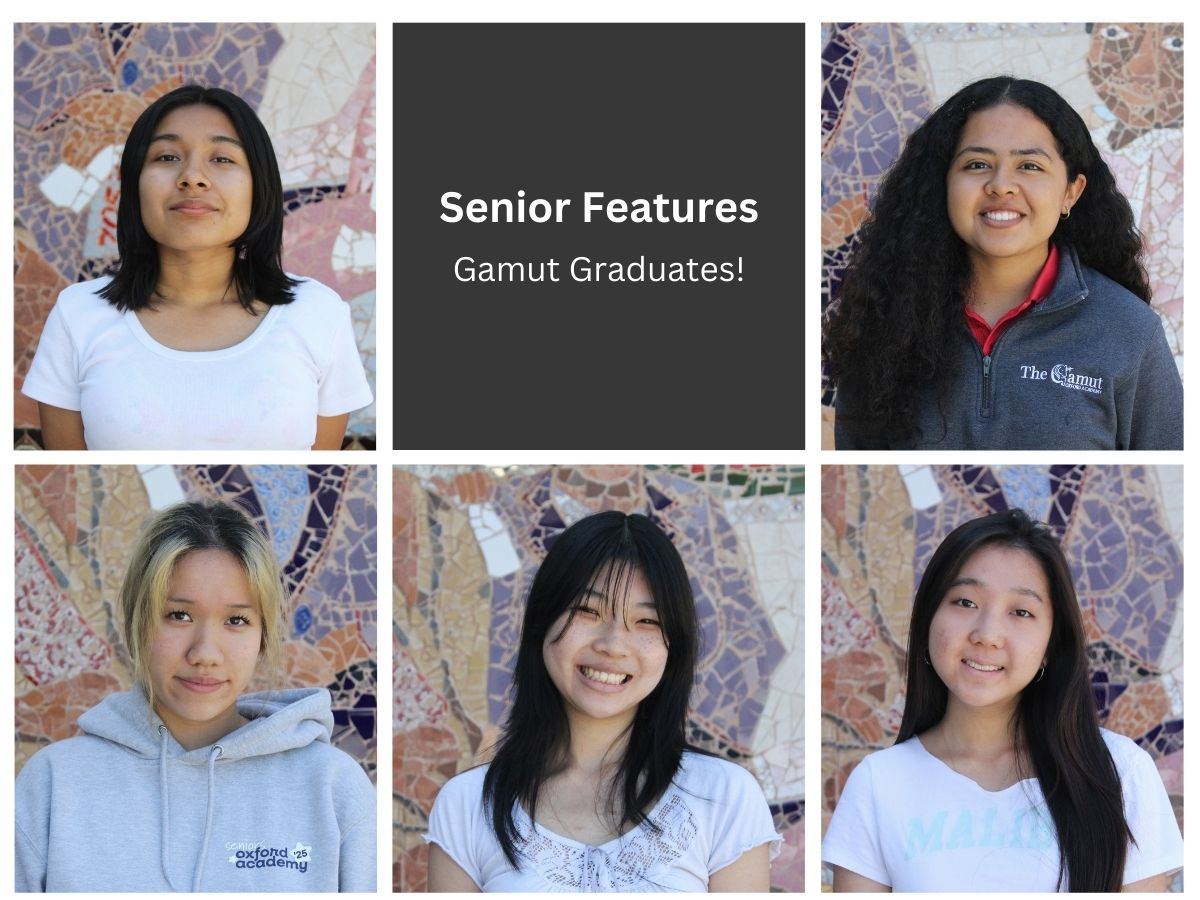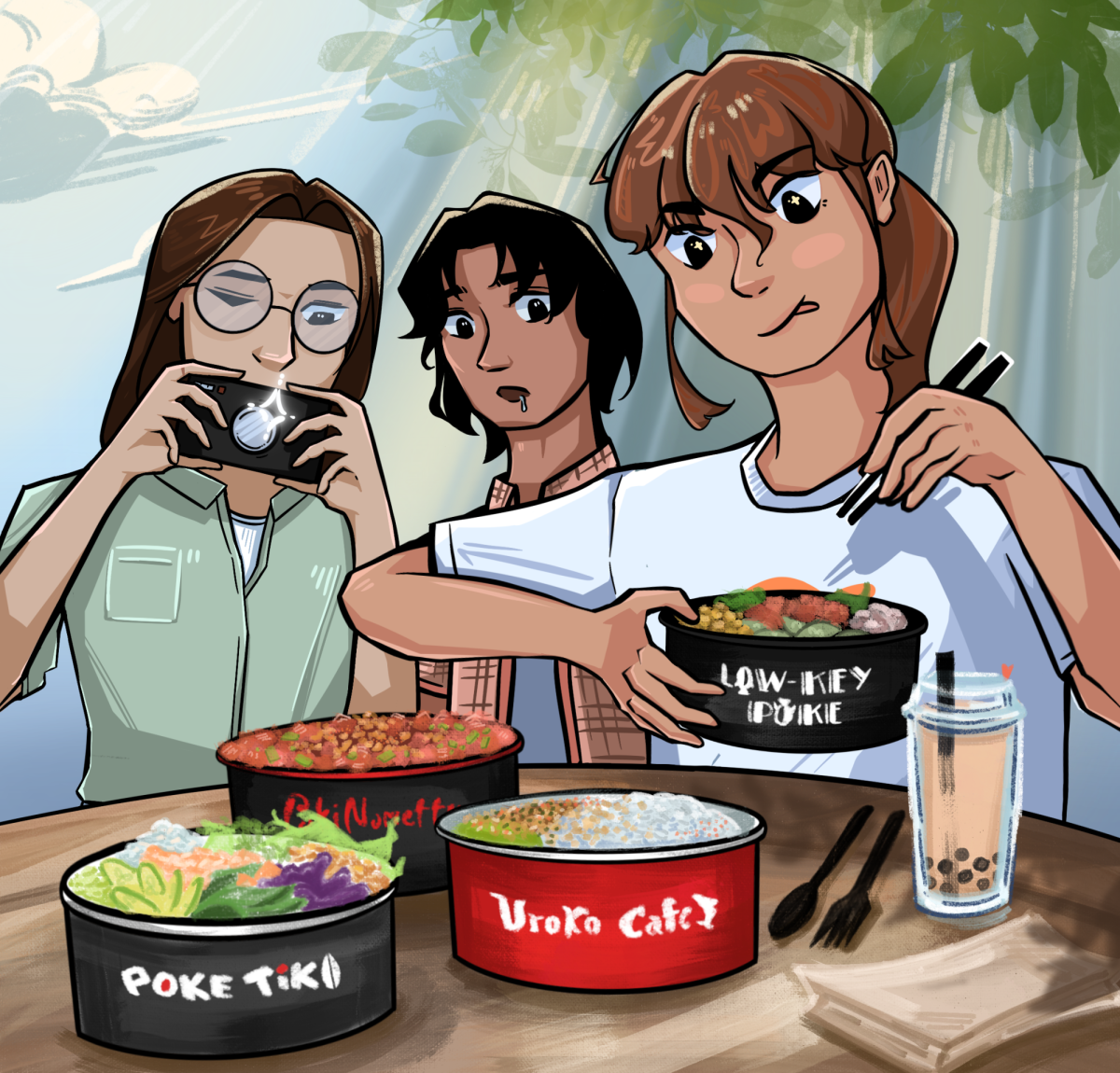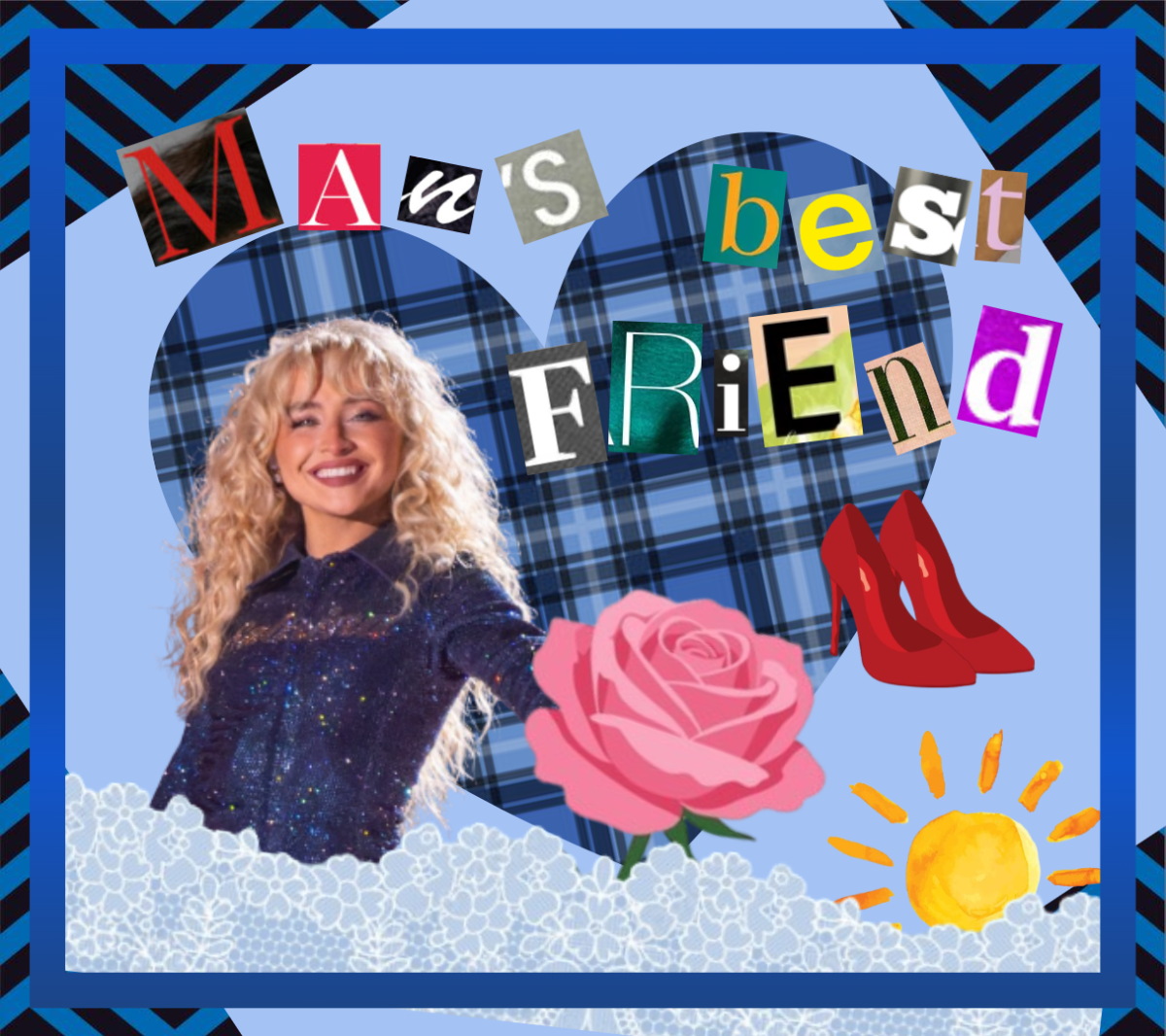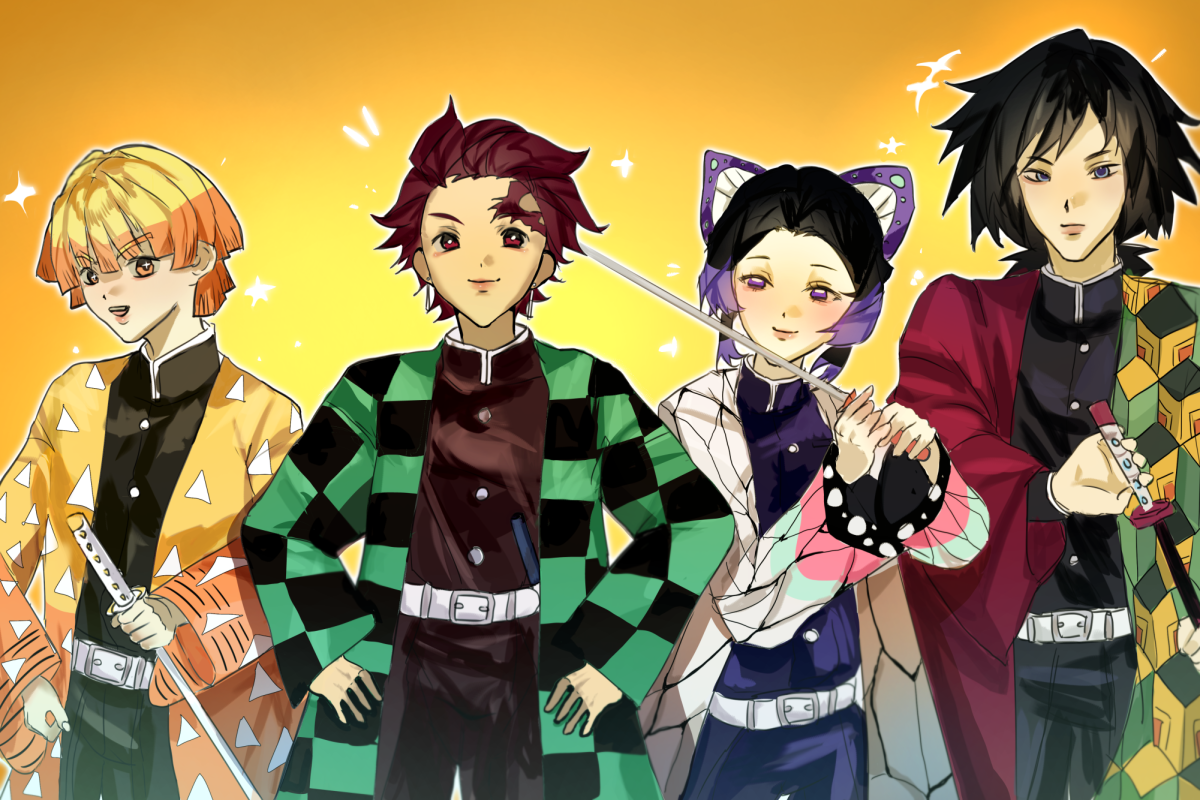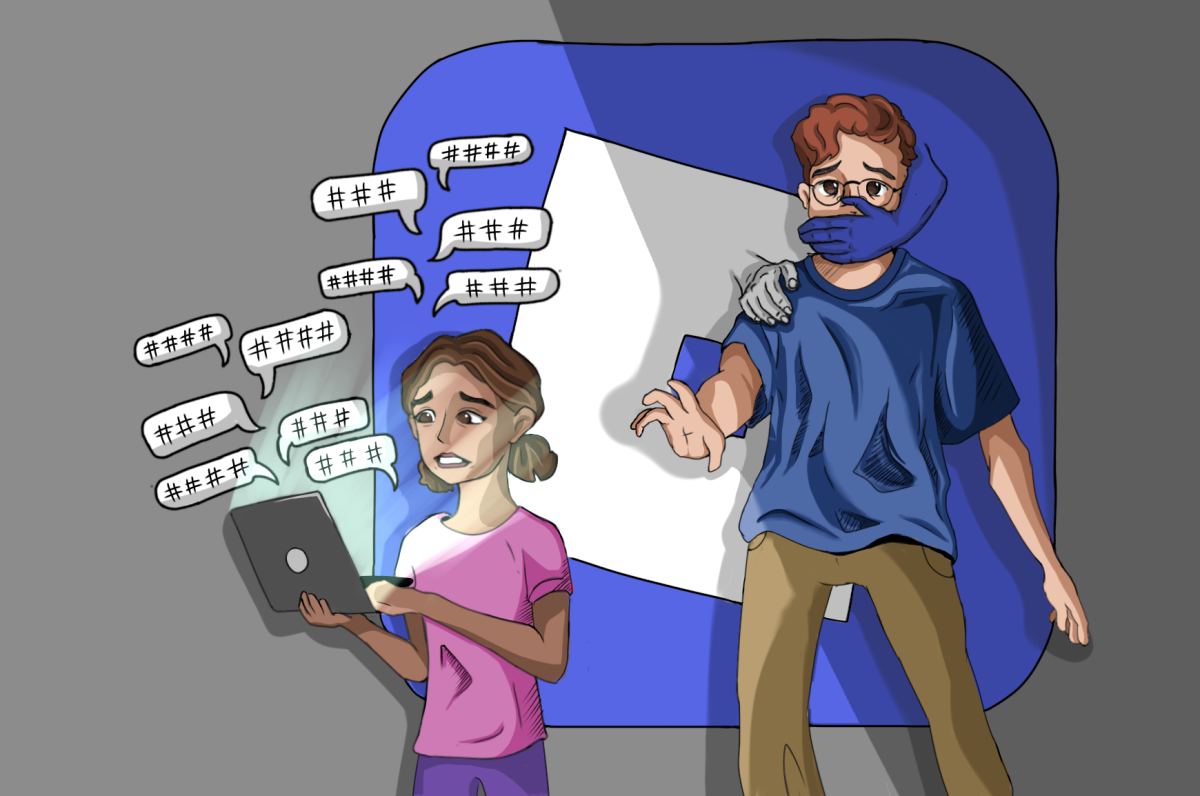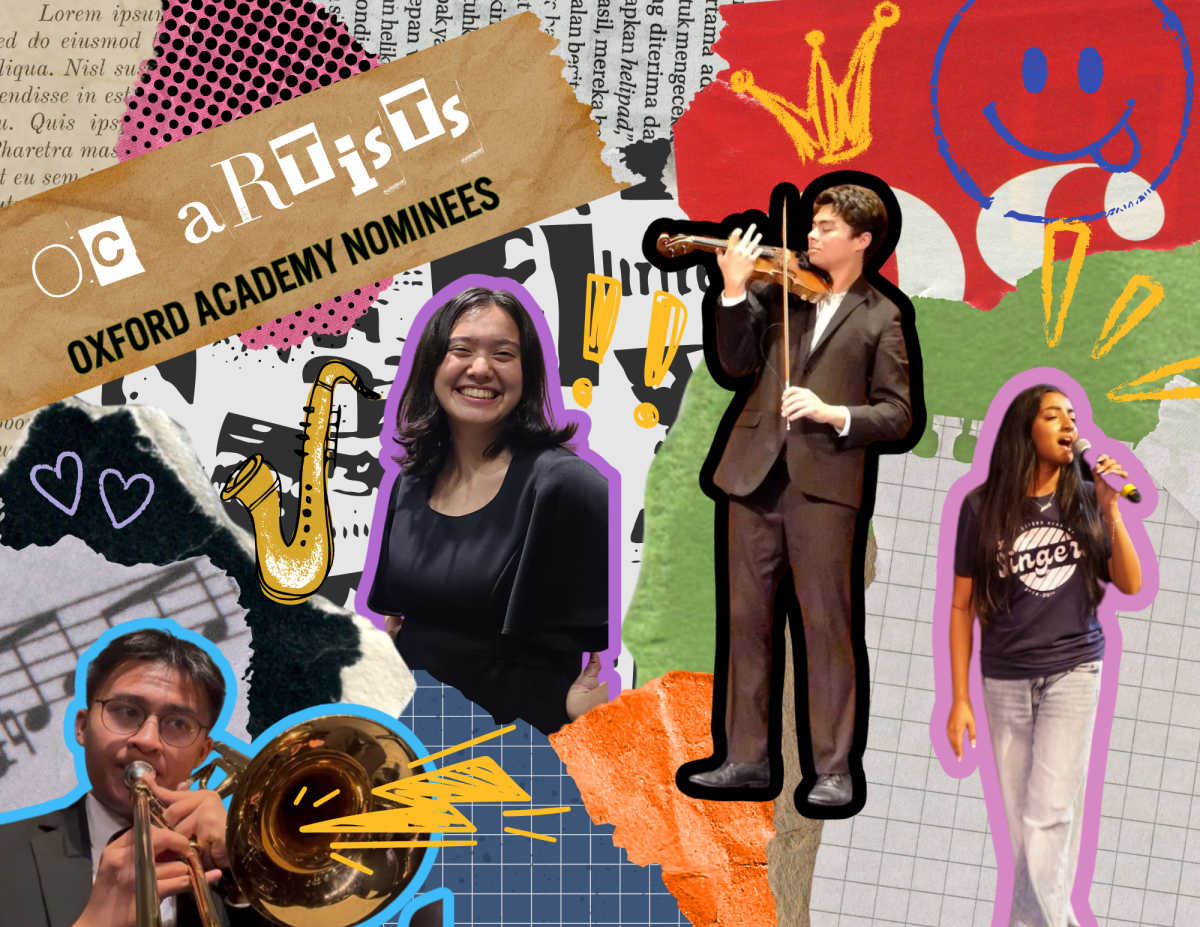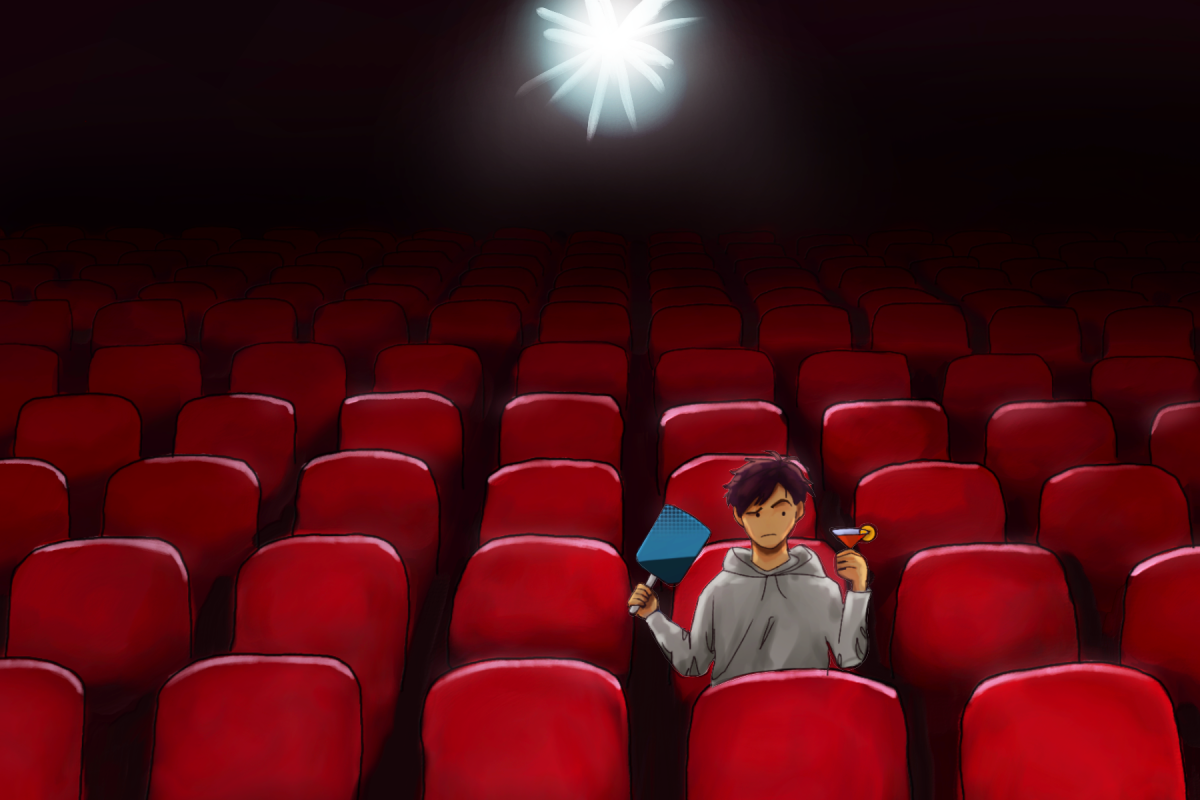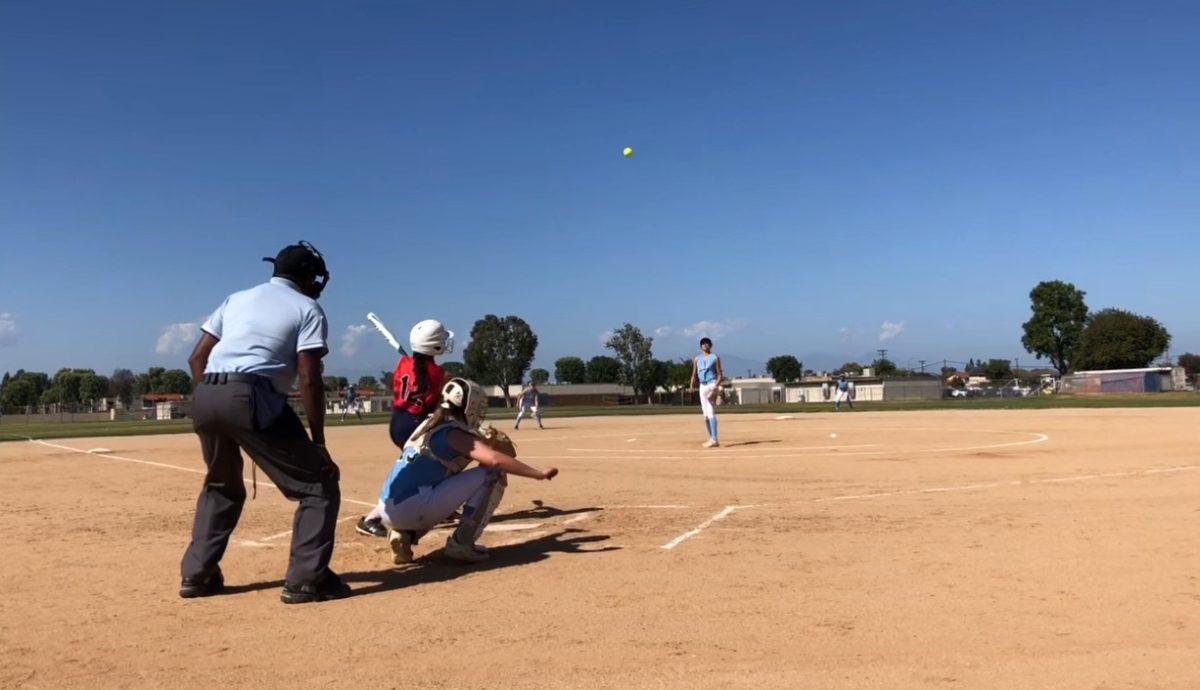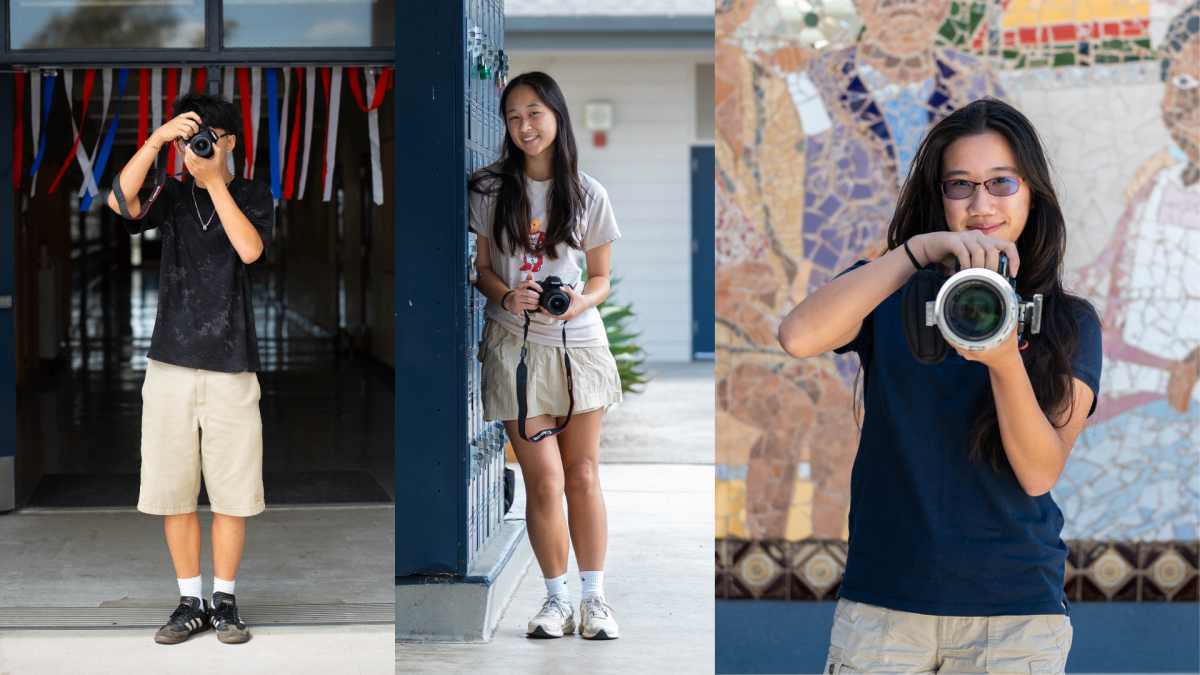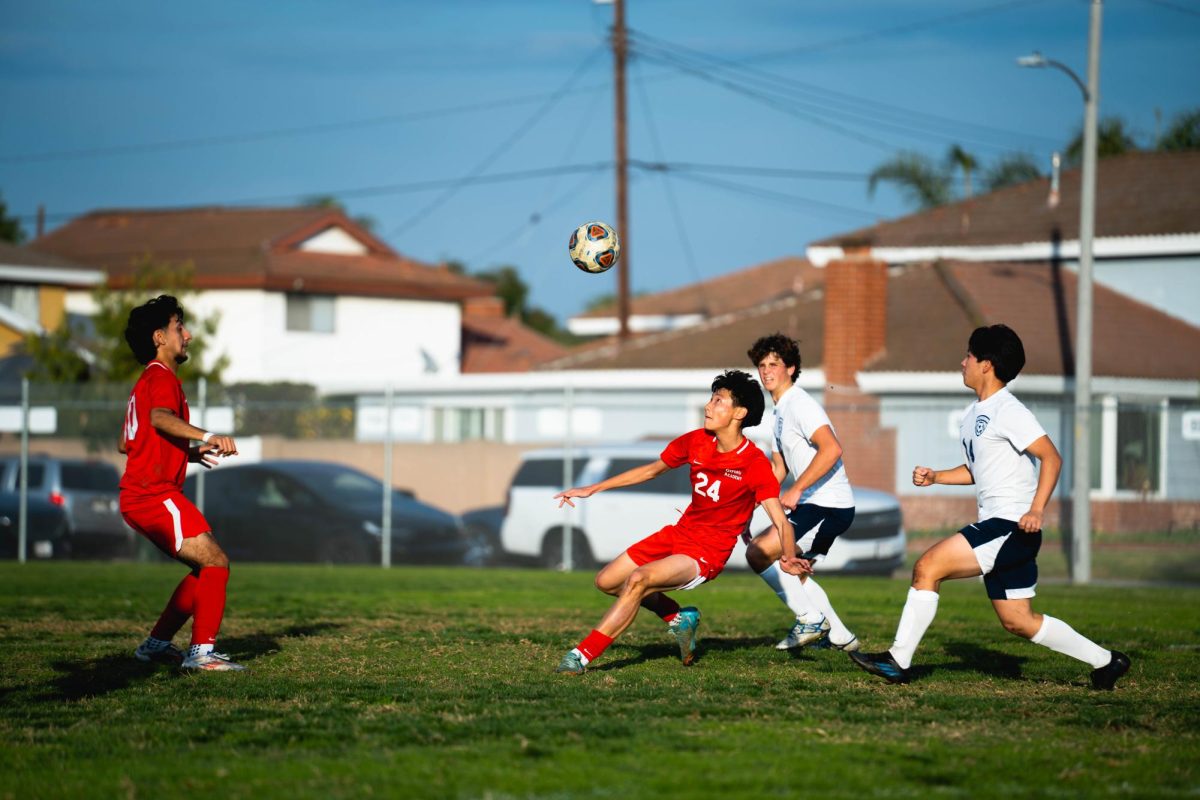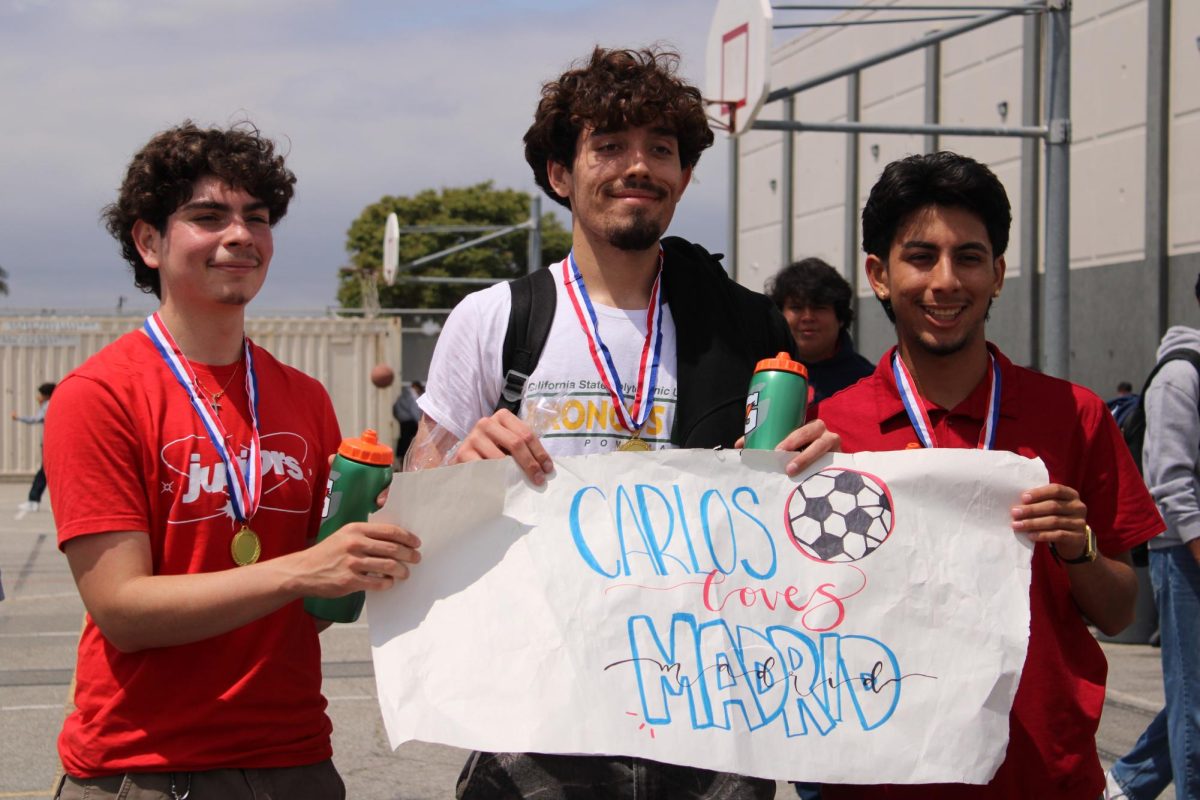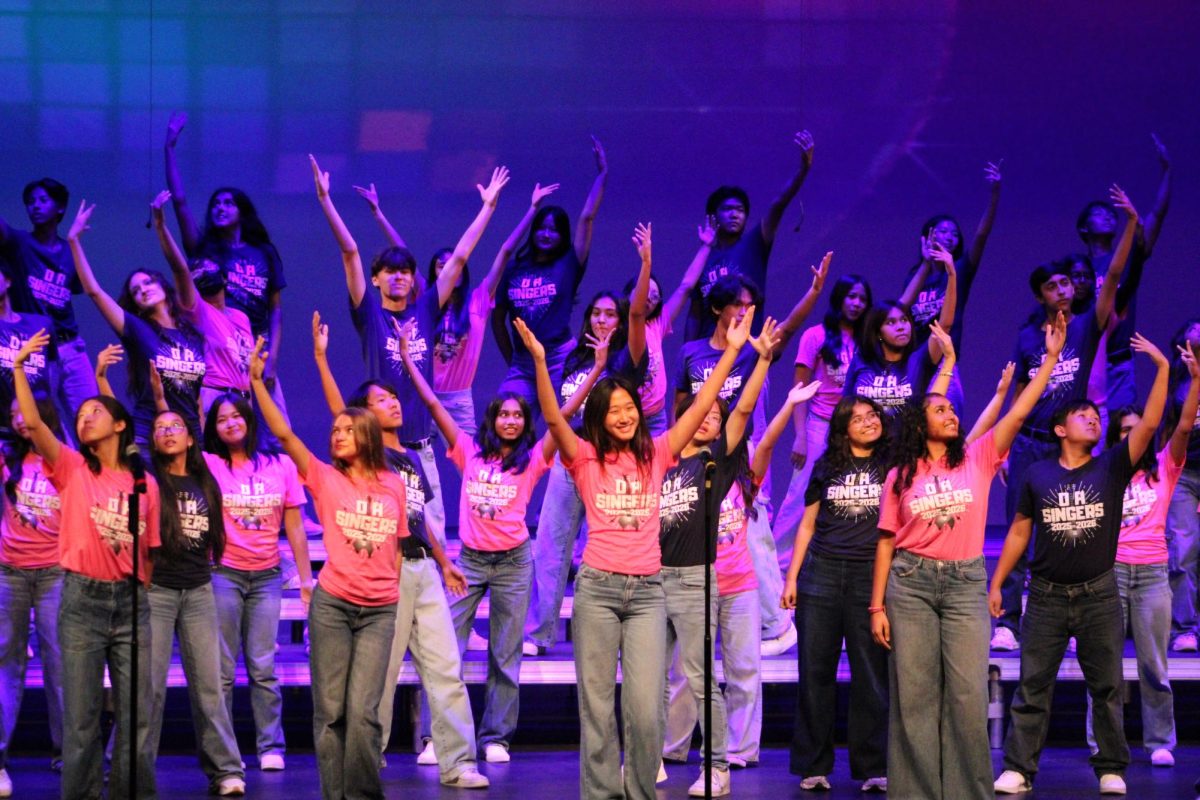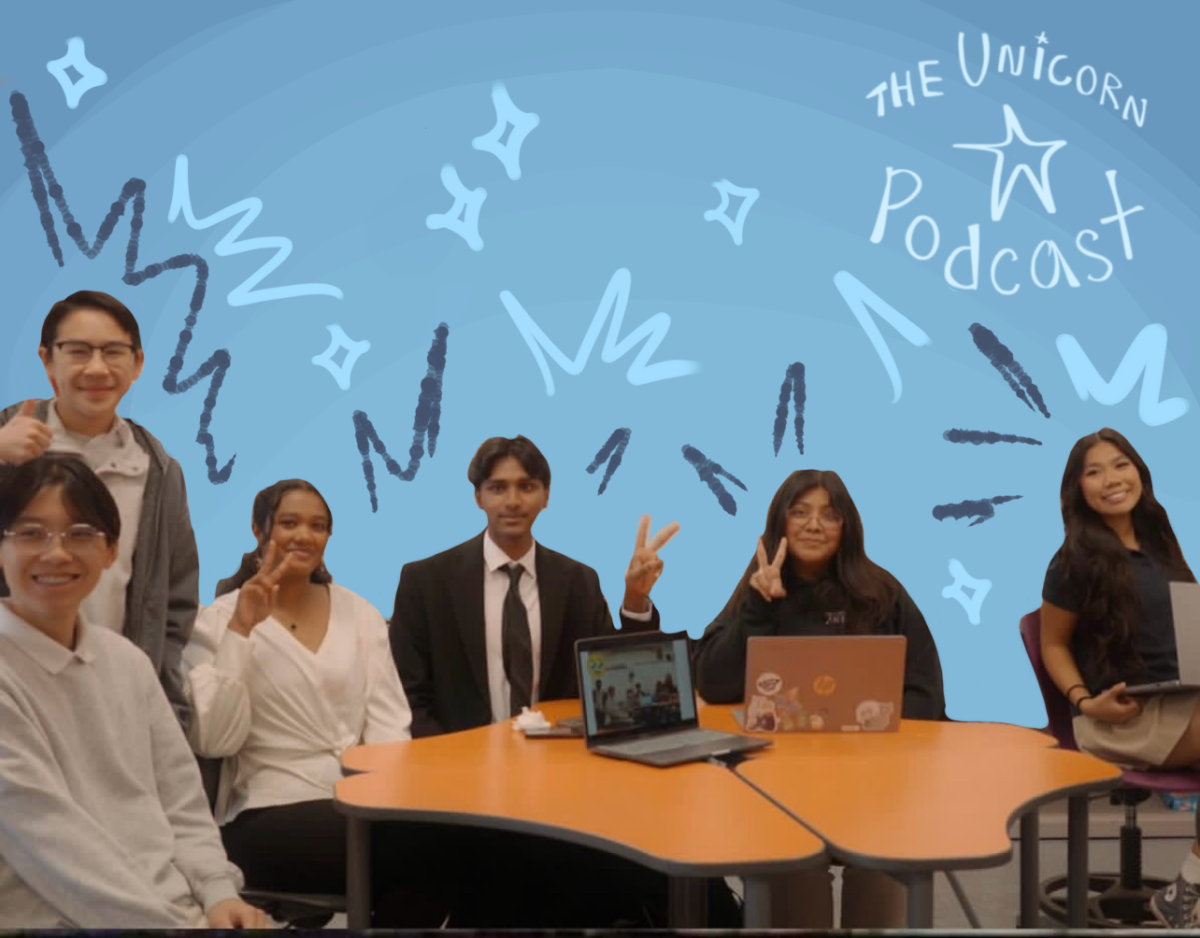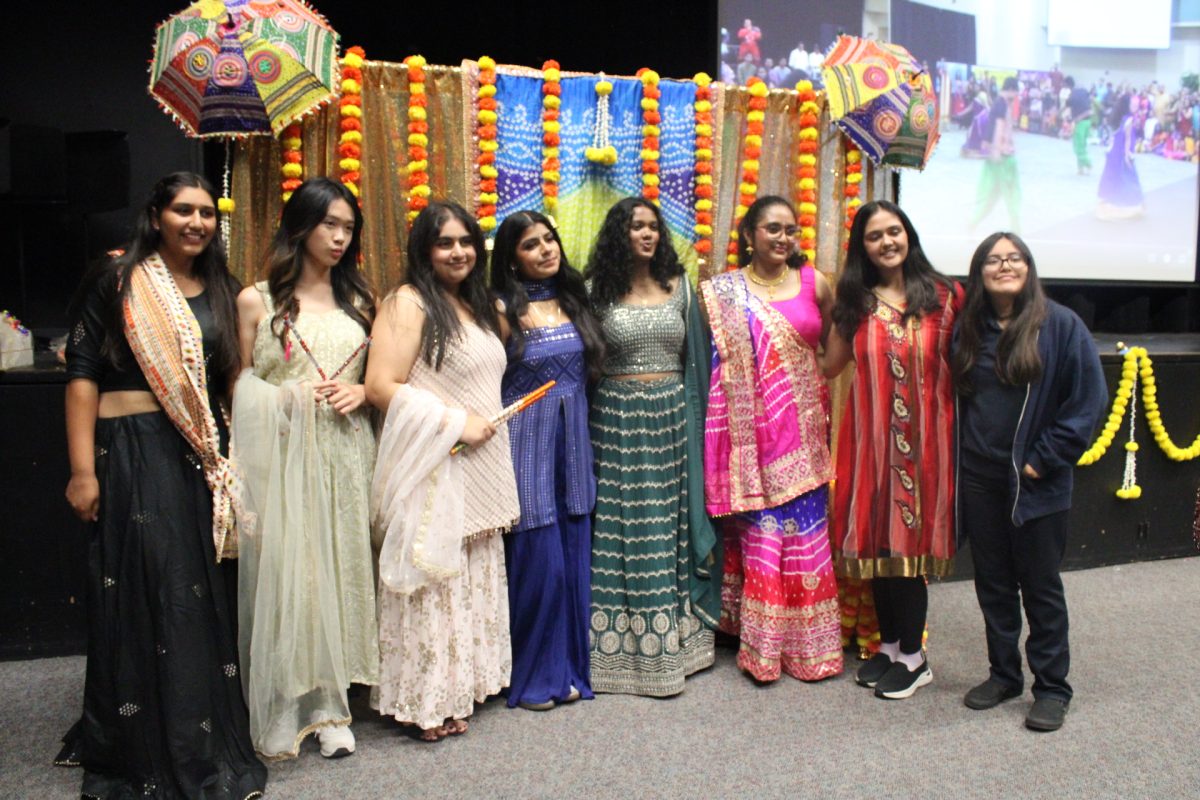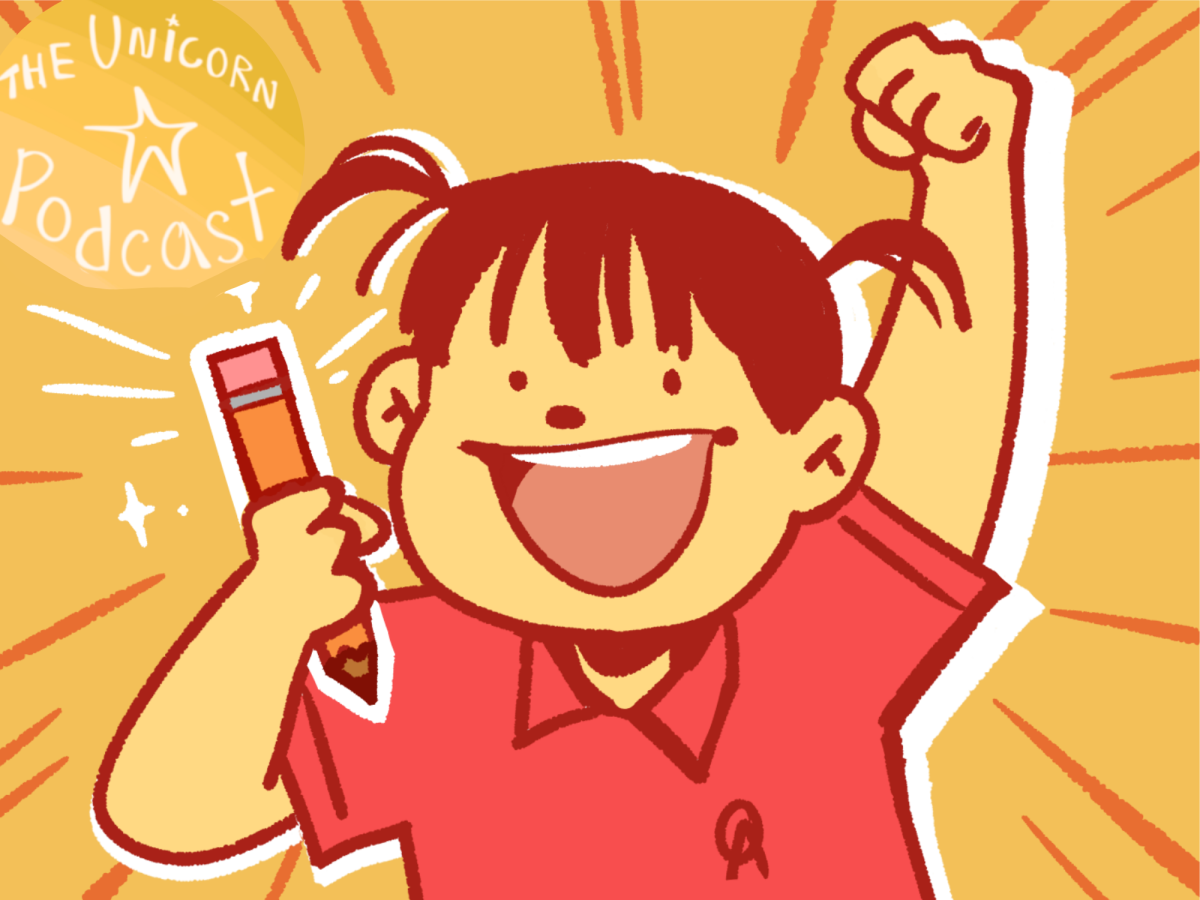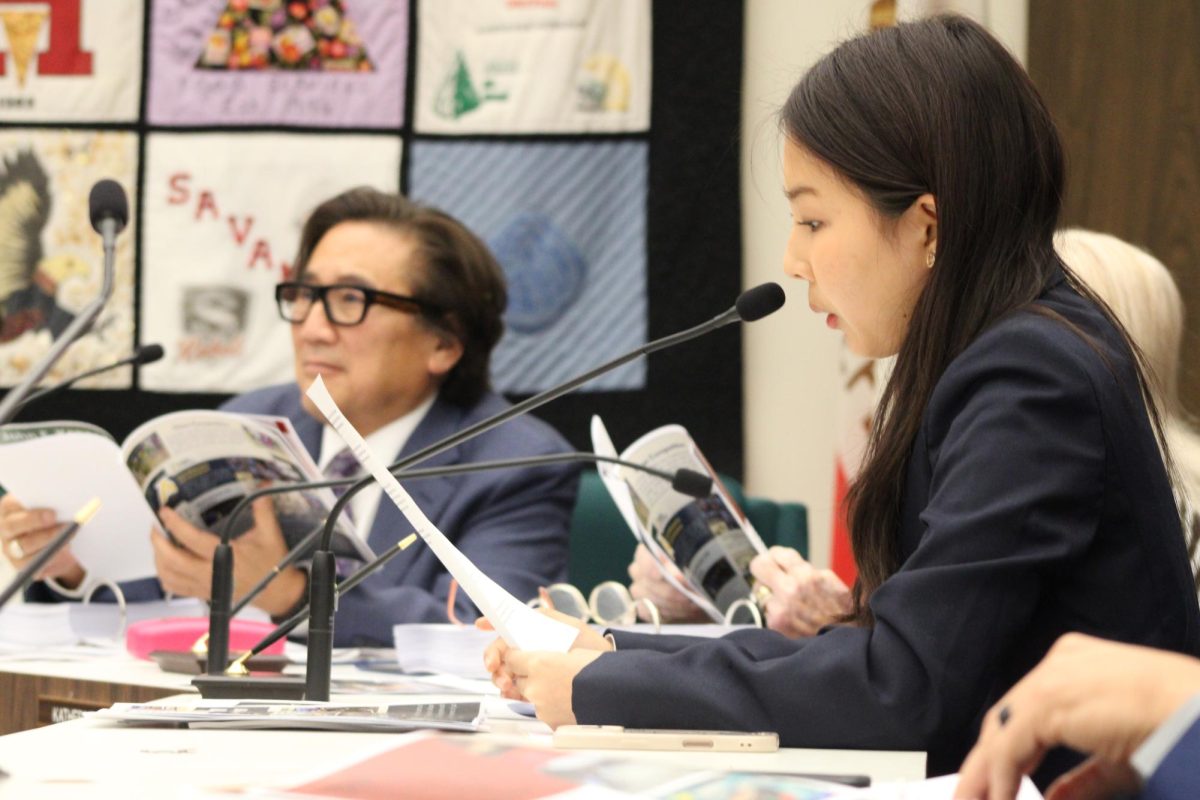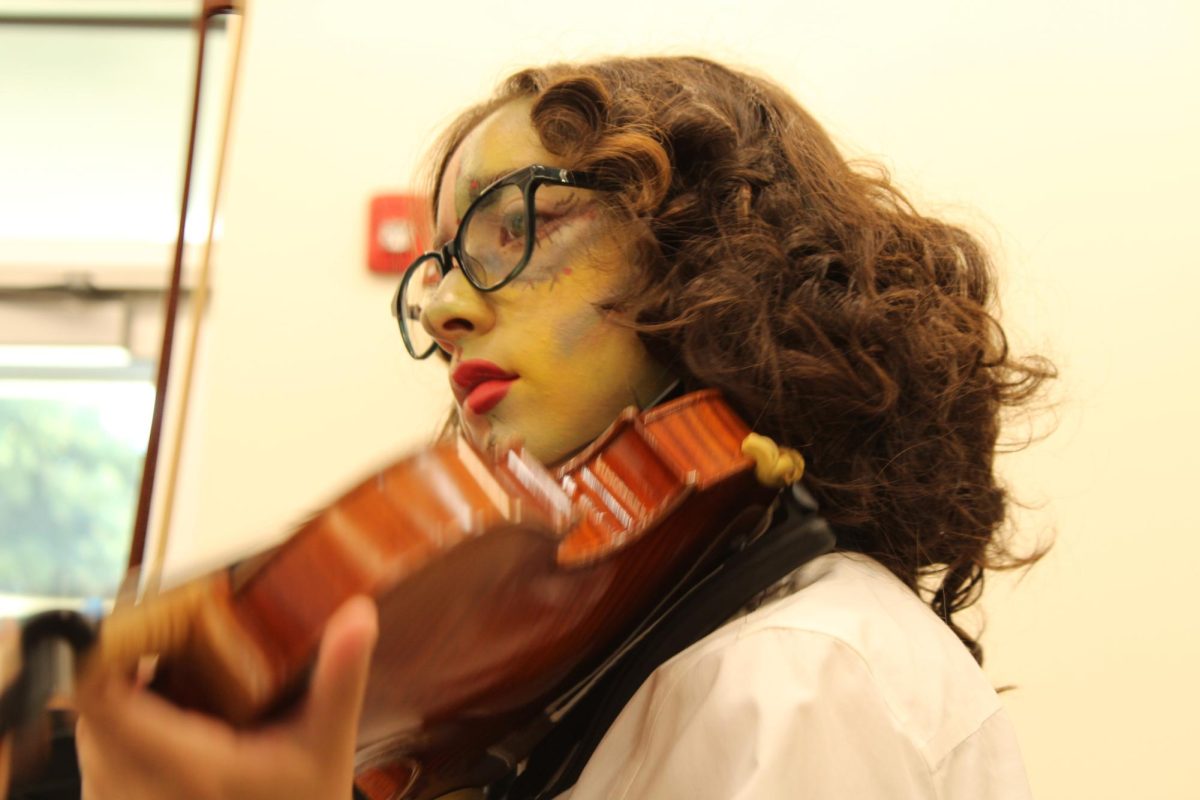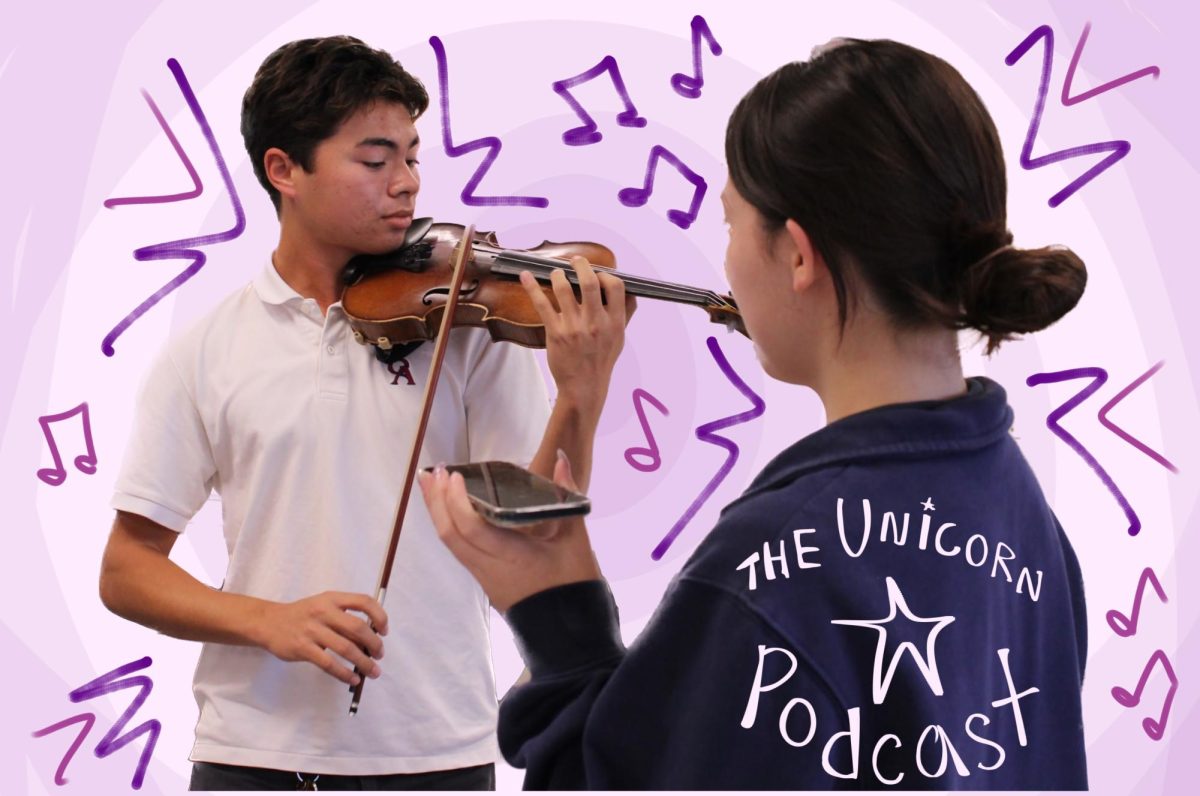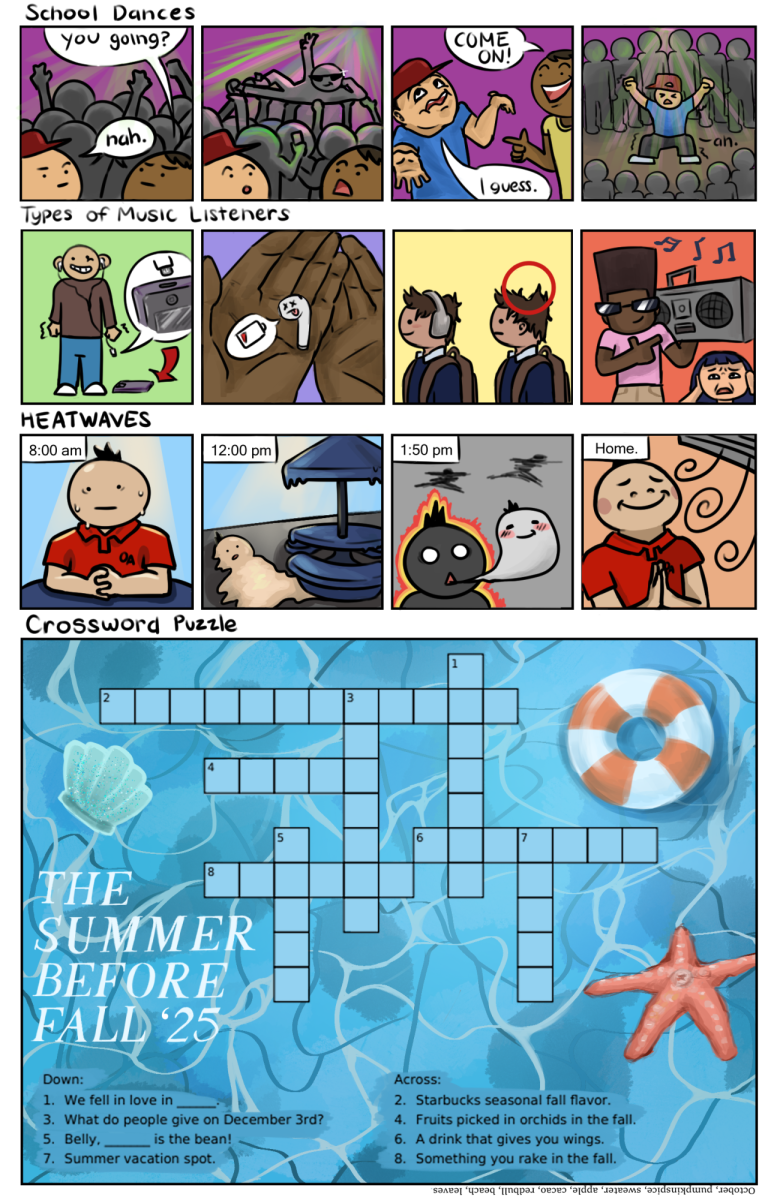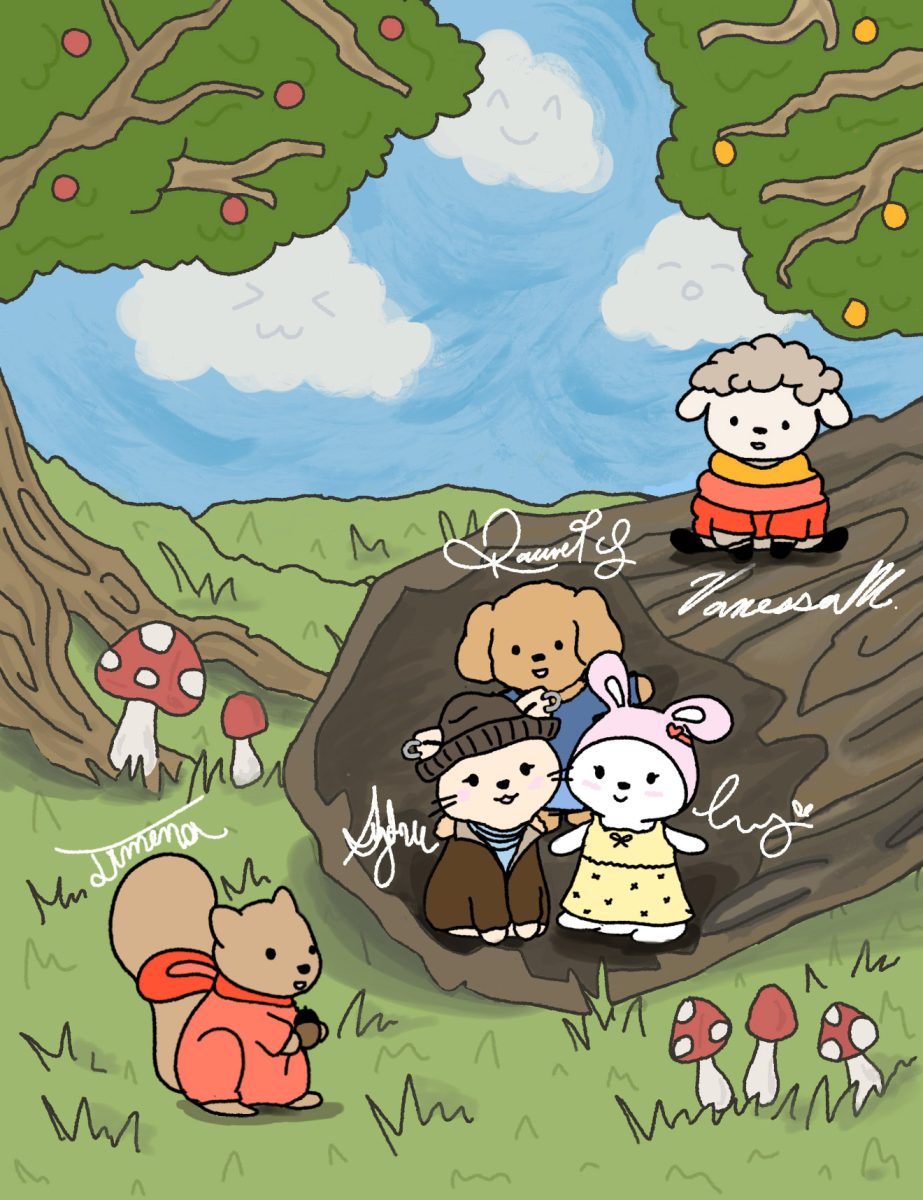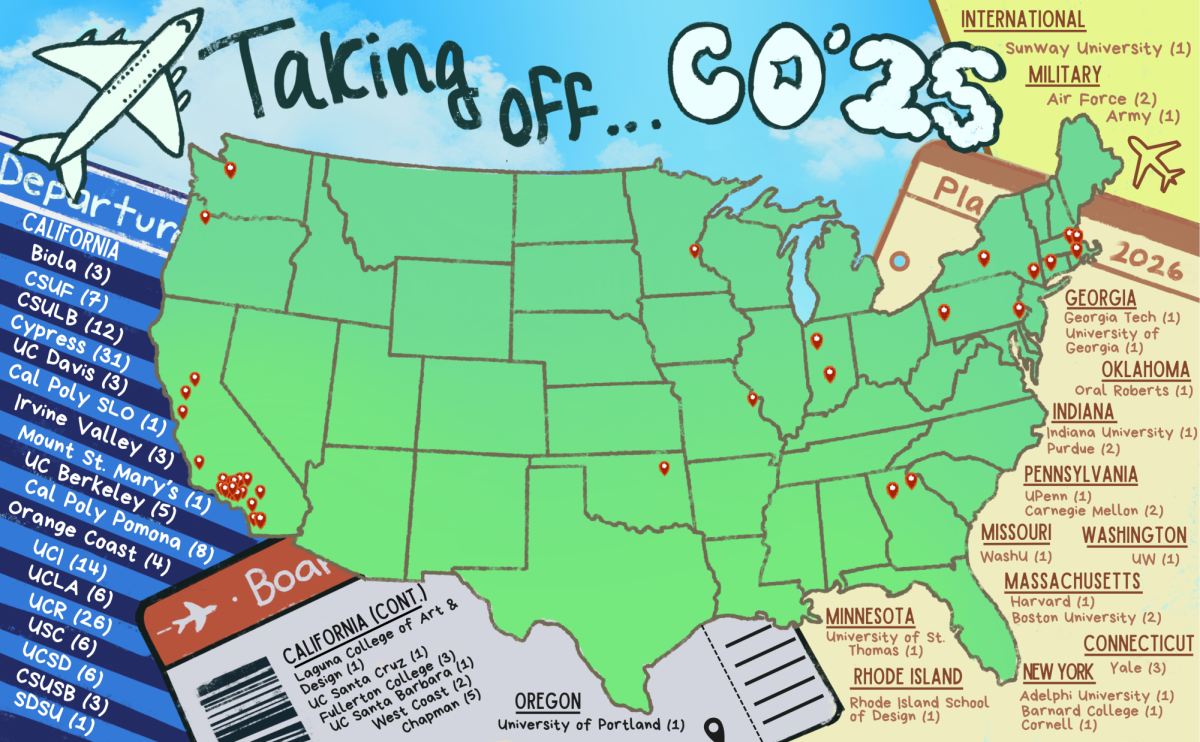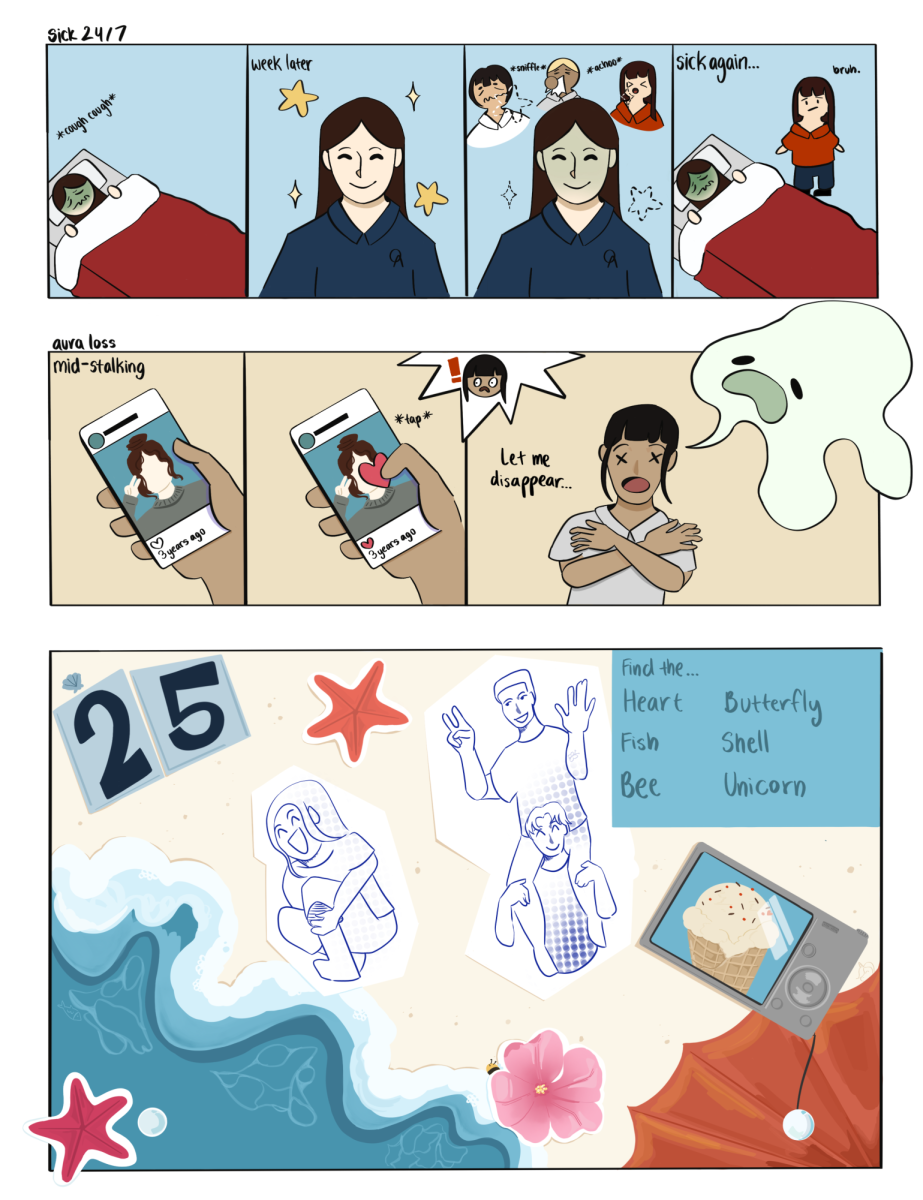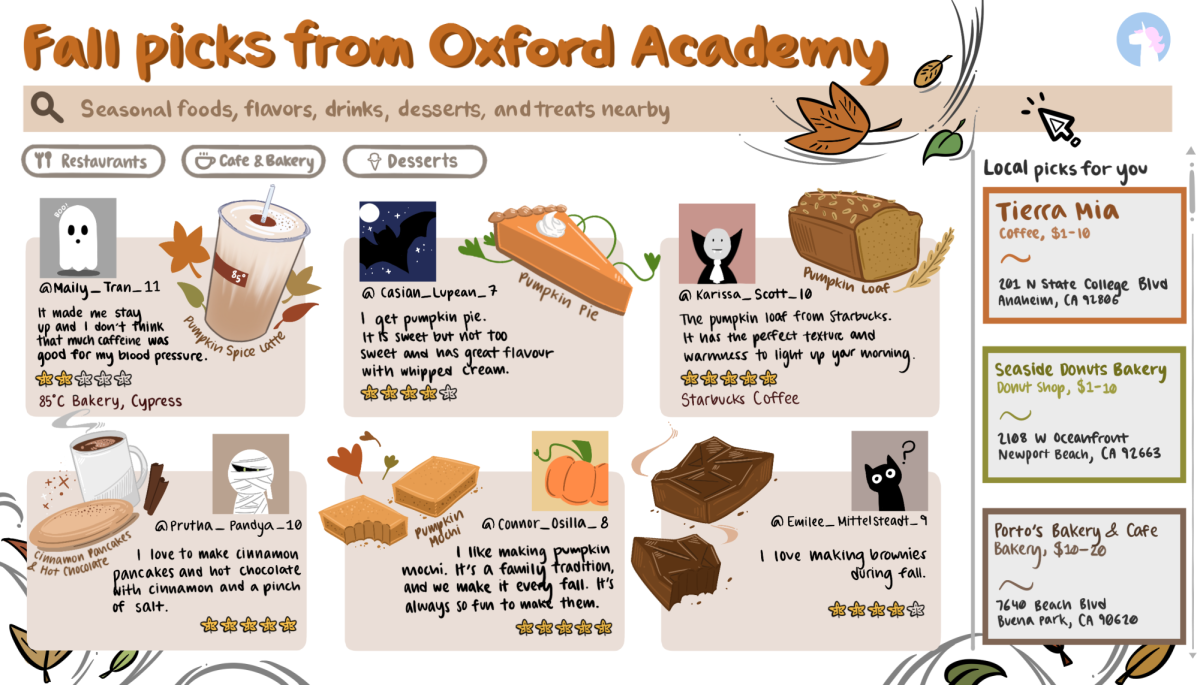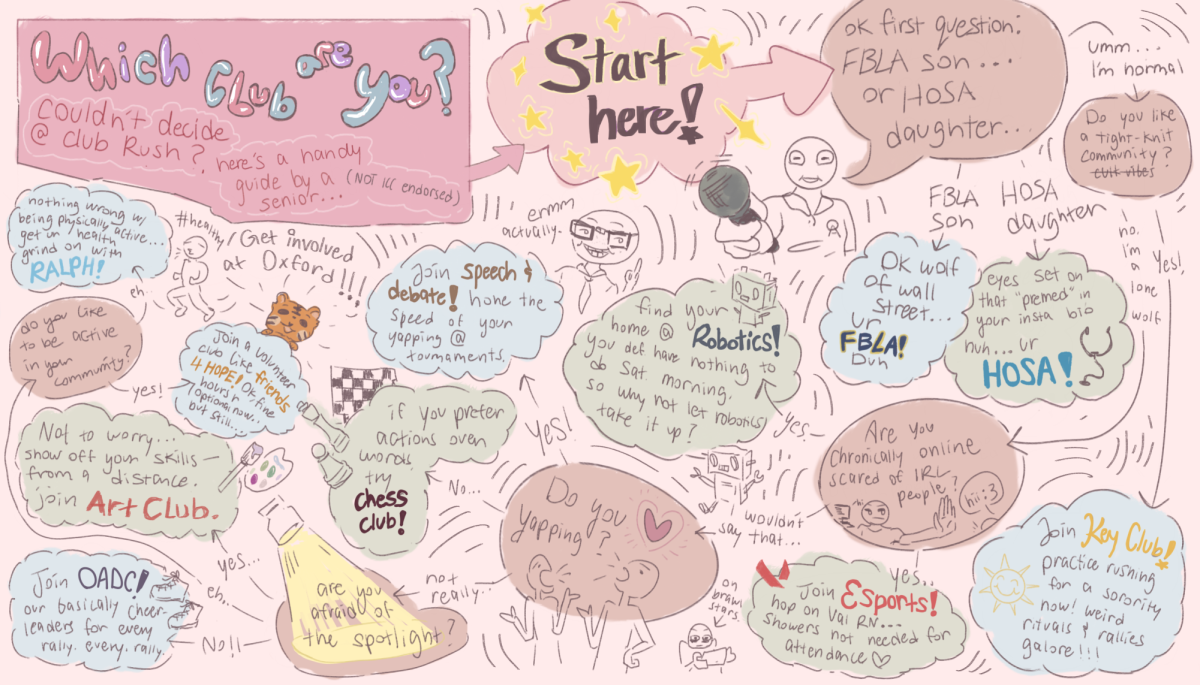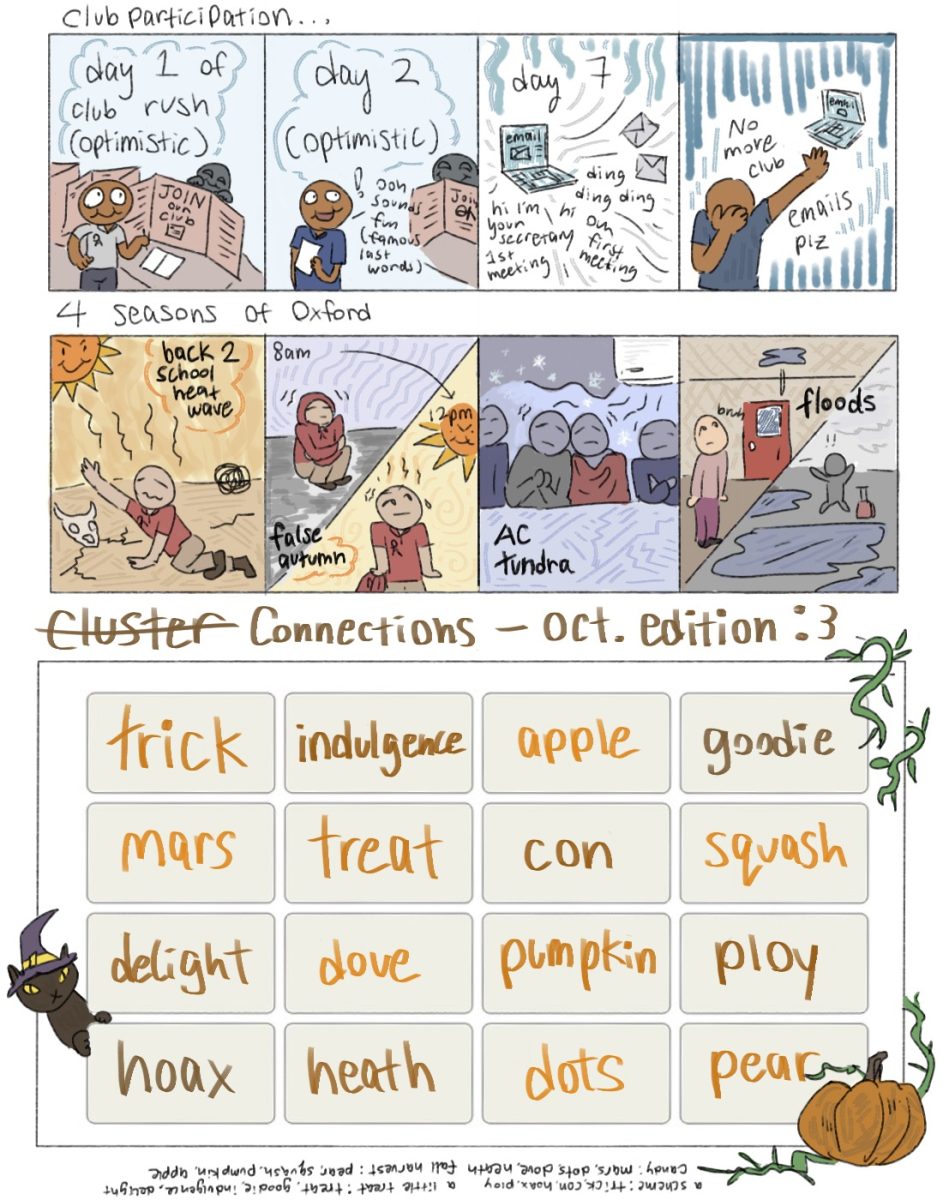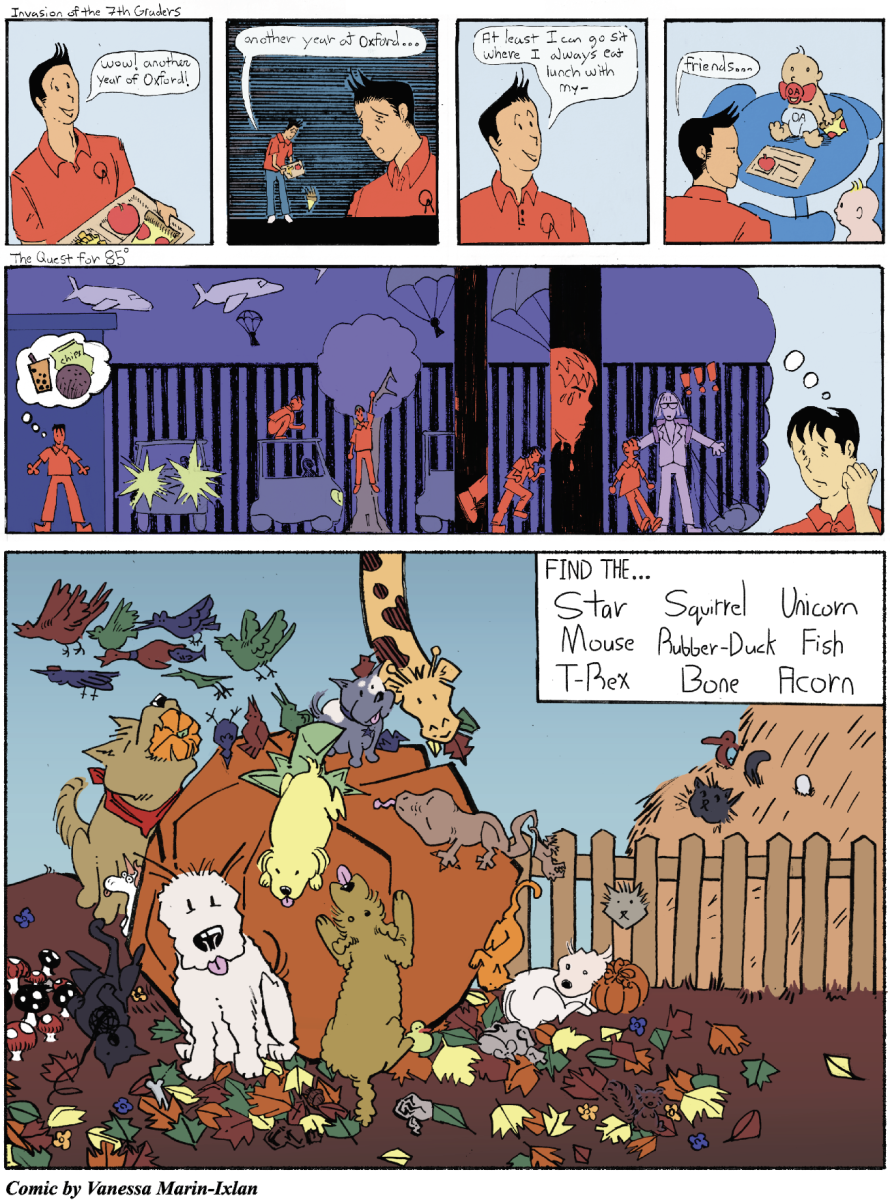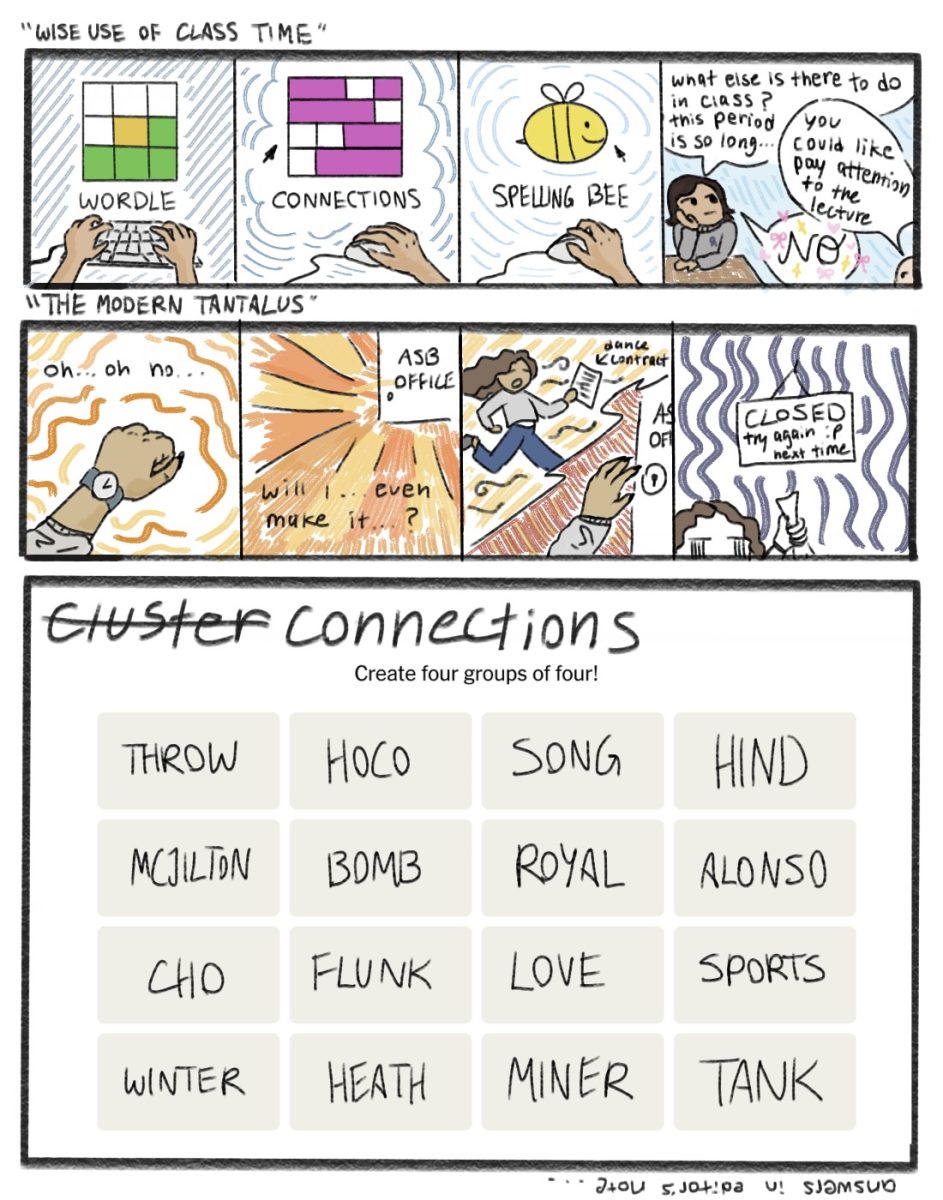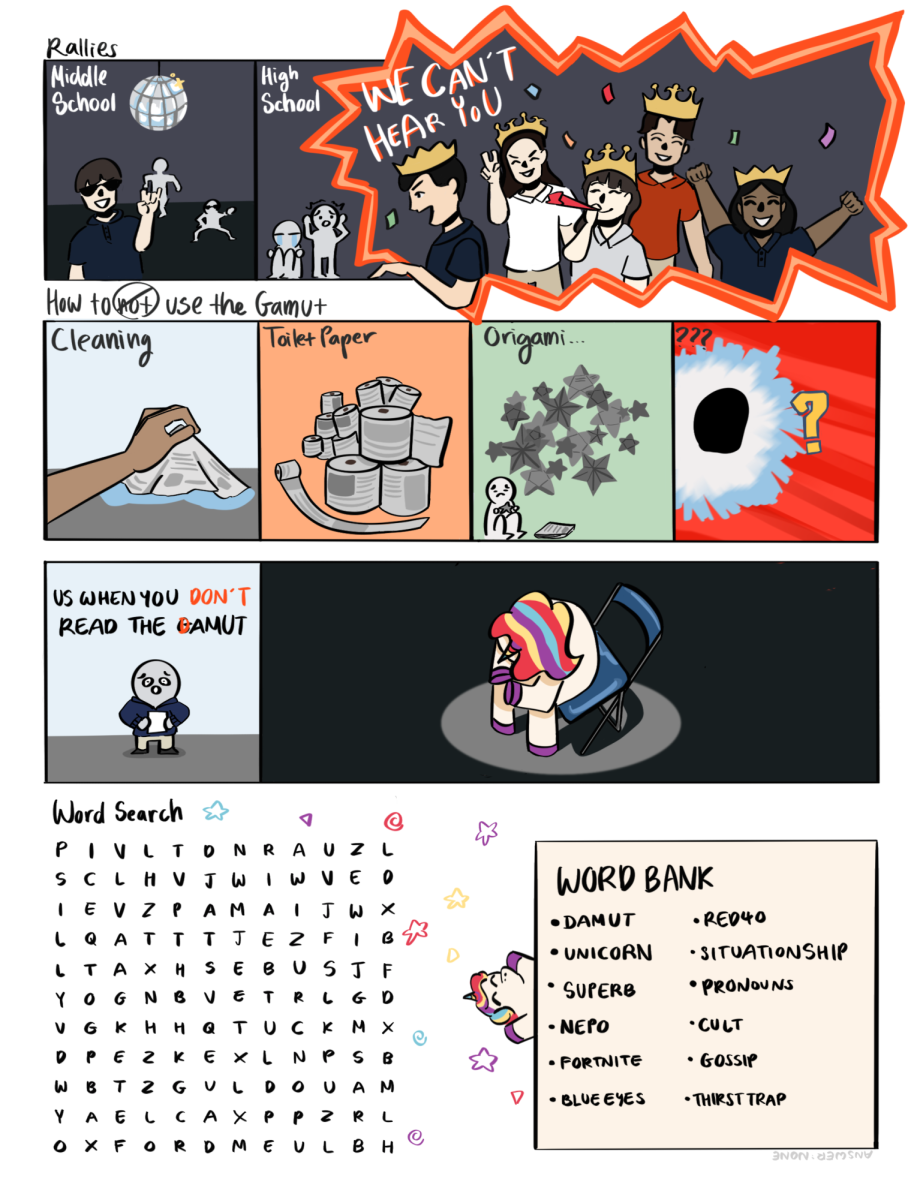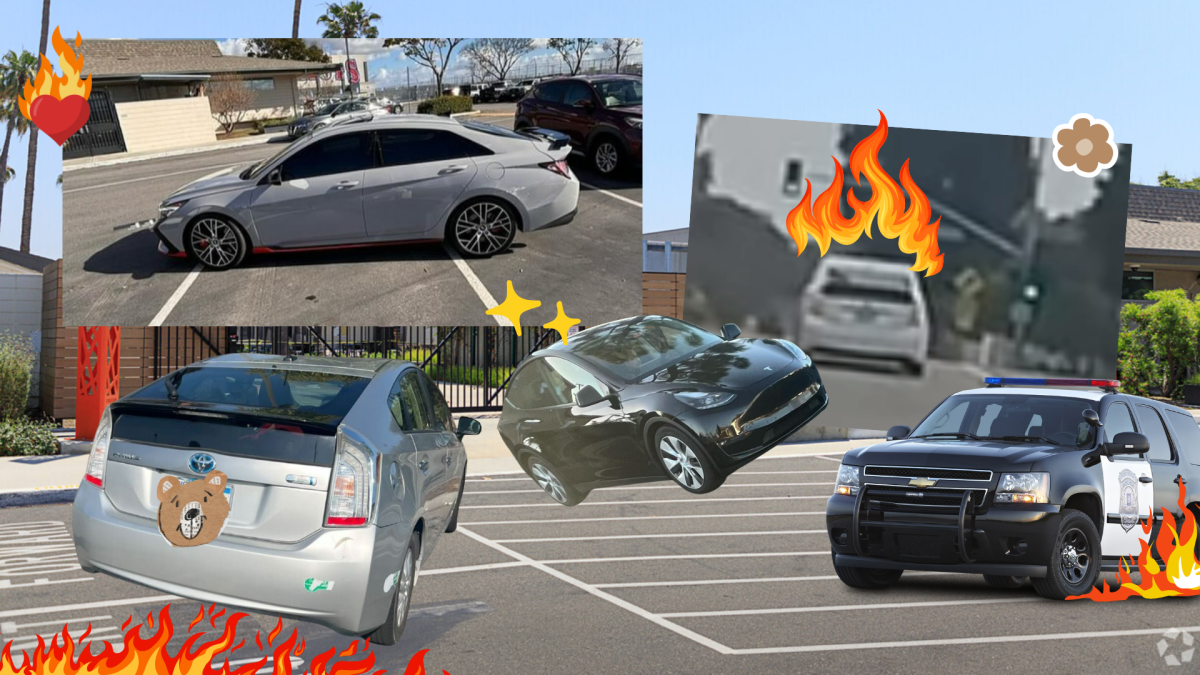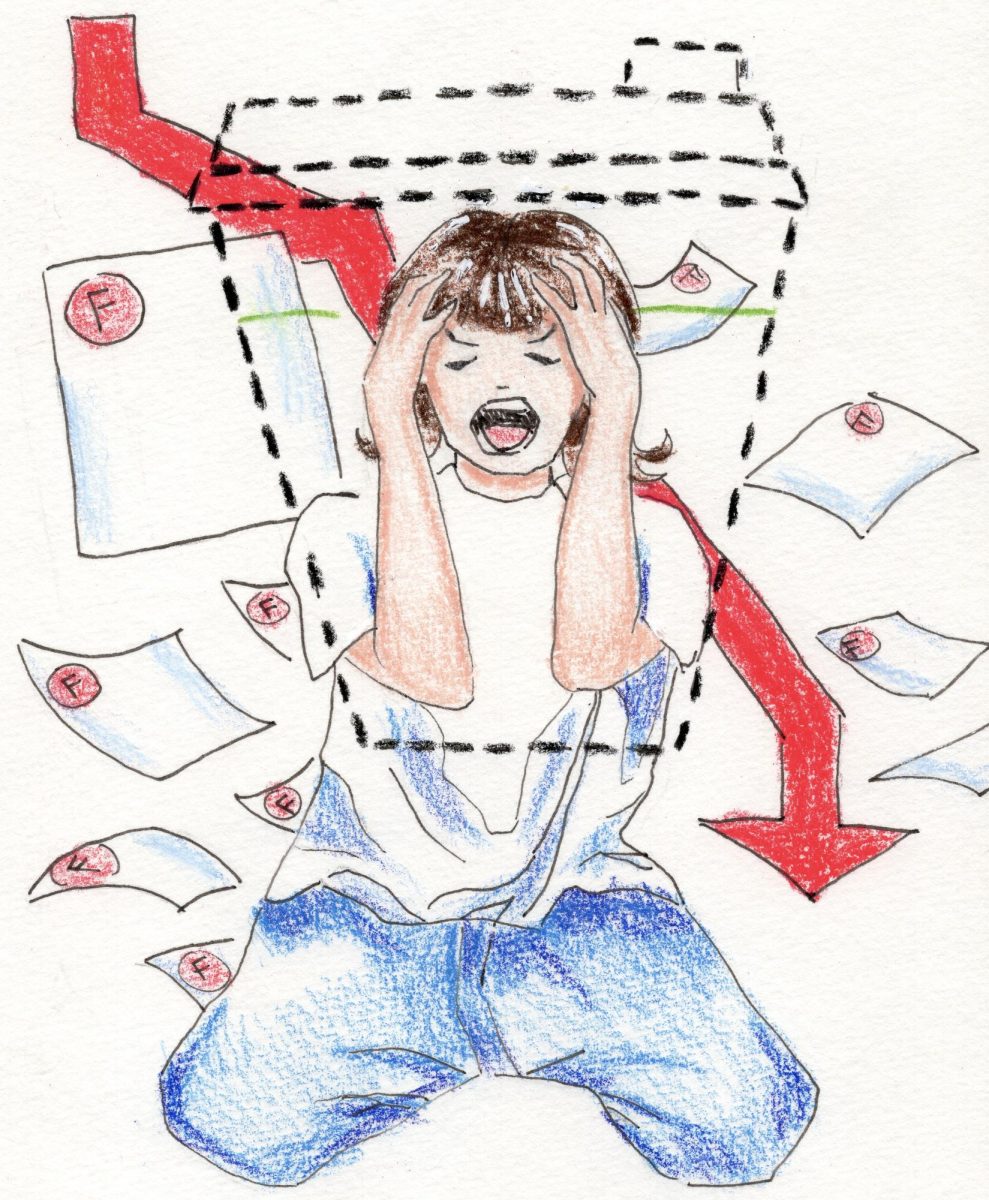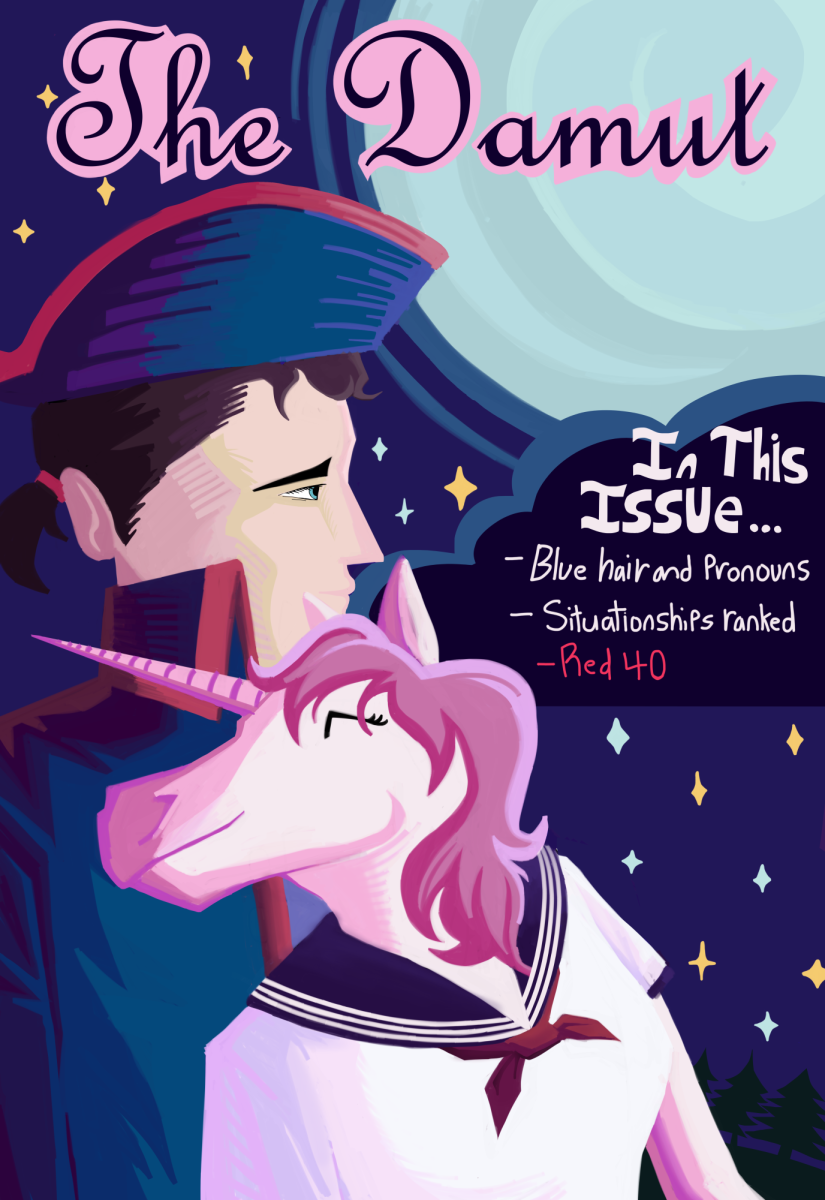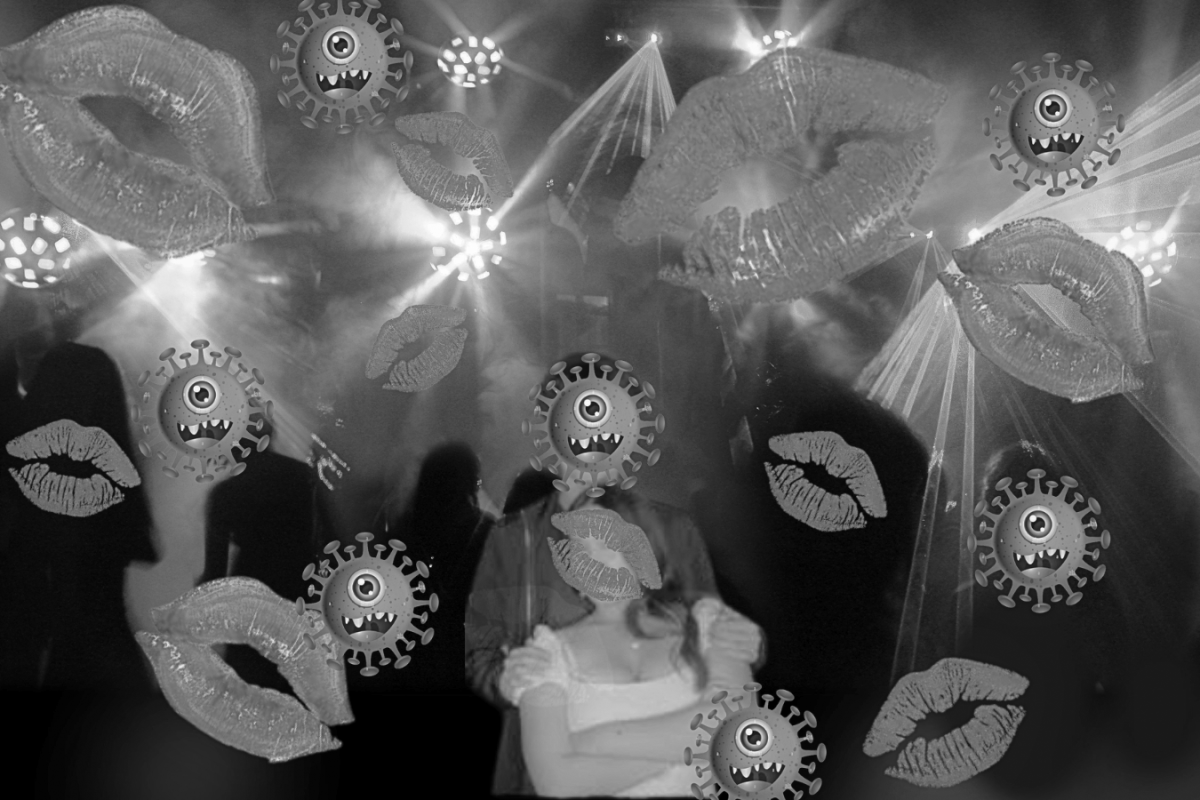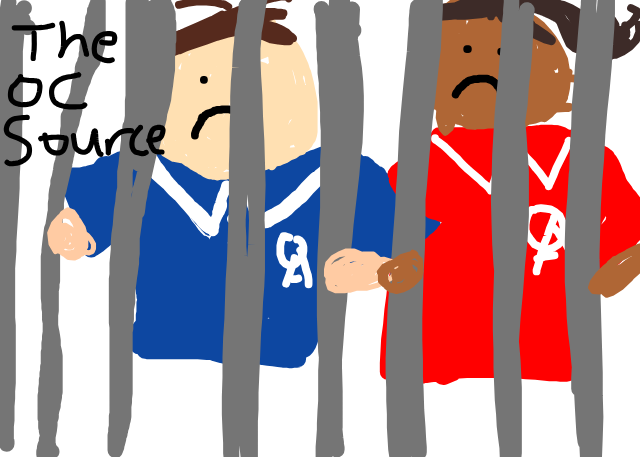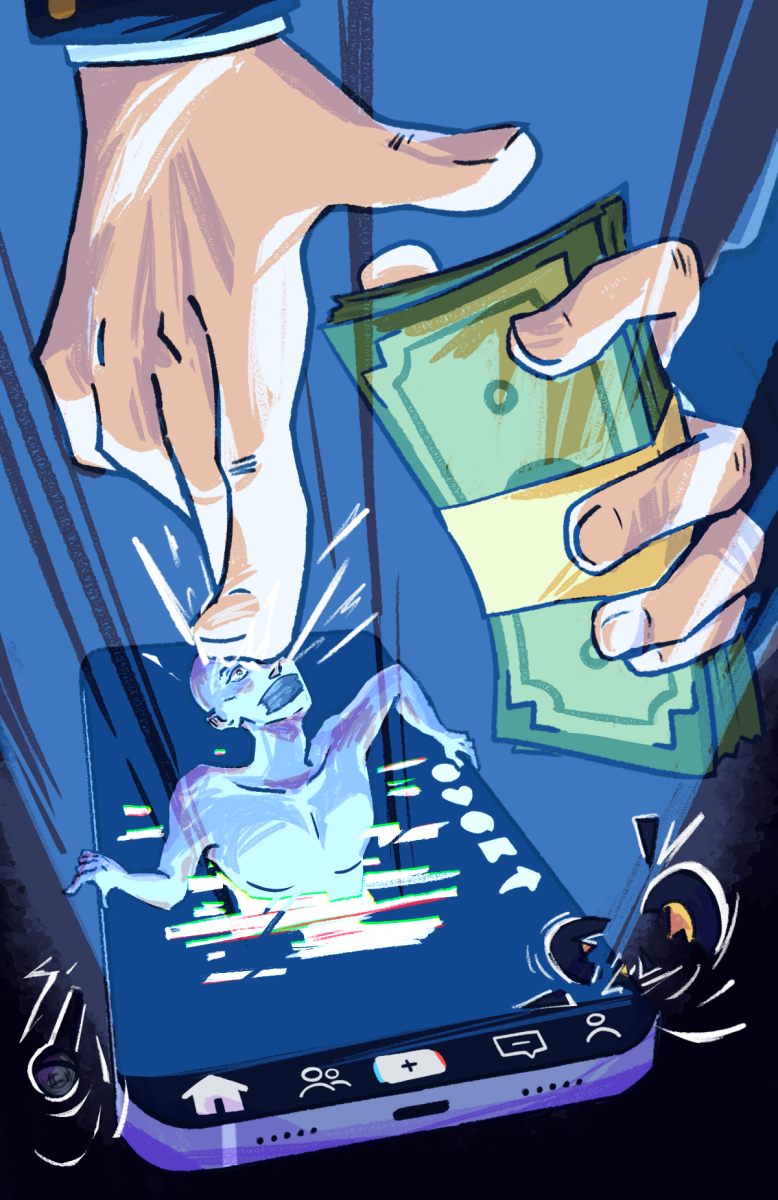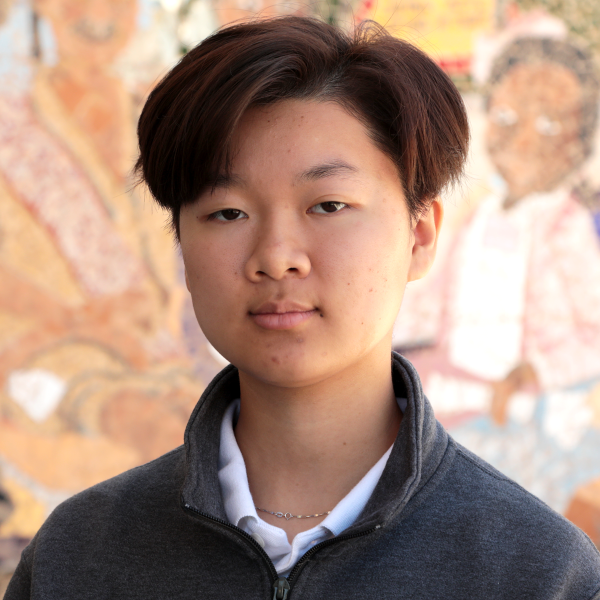The world’s biggest music company, Universal Music Group (UMG), removed all of its artists’ music from TikTok following disputes over low artist compensation, AI protections, and copyright infringement concerns. This change affected all artists signed with UMG starting Feb. 1, particularly its smaller artists that rely on TikTok for promotion. However, TikTok and artist relationships are not symbiotic, with the boycott largely leaving TikTok unscathed. Ultimately, UMG’s protective stance of its artists disconnects them from a market of casual listeners, hindering their success.
The ramifications on UMG’s smaller artists were not put into proper consideration; TikTok has become instrumental in propelling songs to success and become the center of promotion. From the breakout success of Fifty Fifty’s “Cupid” to the viral resurgence of Lady Gaga’s “Bloody Mary,” TikTok edits, trends, and sounds revolutionized music promotion, influencing commercial success. By removing their sounds, UMG artists are stripped of this exposure.
Without TikTok, though, UMG’s most popular songs and soundbites are left buried in the dust. Memes, dances, and videos were once a claim to fame for artists, yet their absence will require artists to promote their music more innovatively.
As a result, there will be a shift to visual marketing: using multimedia content opposed to playing the studio audio on videos as artists did before. Pop artist Sabrina Carpenter gained virality with live tour performances of “Nonsense” outros, a unique freestyle rhyme catered to each show’s location, and choreography to her song “Feather.” These live performances, excluding the song’s official audio, thrived, catering themselves to audiences.
By a community presence users can partake in, TikTok dances and other trends flourished — the phenomenon is recurring in “Nonsense” outros that, while forever changing, had a consistent style. By retaining this communal aspect and expanding focus on the unique aspects of the songs themselves, visual marketing is looking to become a dominant force in artist marketing.
This situation also allows smaller, indie artists a chance to shine in the classic TikTok marketing format. TikTok has become a sea of music promo, flooded with acoustic clips or studio recordings encouraging audiences to listen to songs. Accordingly, independent artists without the same funding have a more prominent outreach now in the absence of mainstream artists.
As the music industry constantly adapts, artists are forced to remain flexible in how they promote their music. While UMG stood against TikTok to prove their music is essential to the platform, their artists ultimately took the blow for a disagreement between the two entities. Nonetheless, music’s shift from radio to trending clips online has only been emphasized to benefit corporations and artists’ influence, often neglecting smaller artists. As TikTok has become a vessel flocked to for music, artists also must depart from this dependence and system that analogizes them and their promotion.




